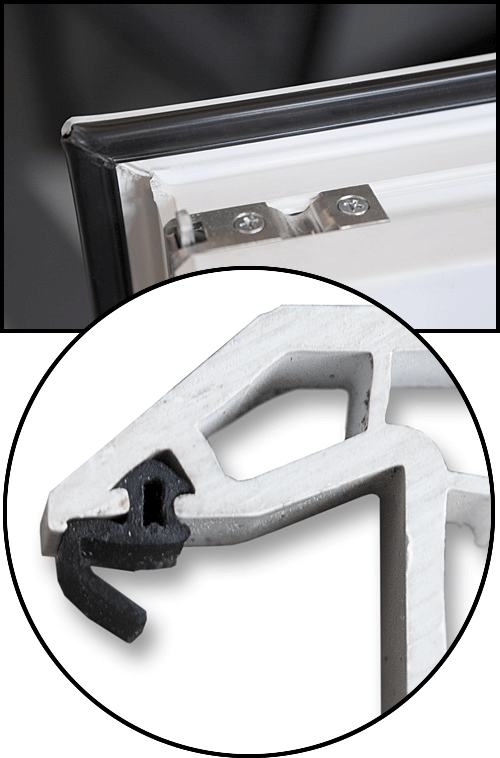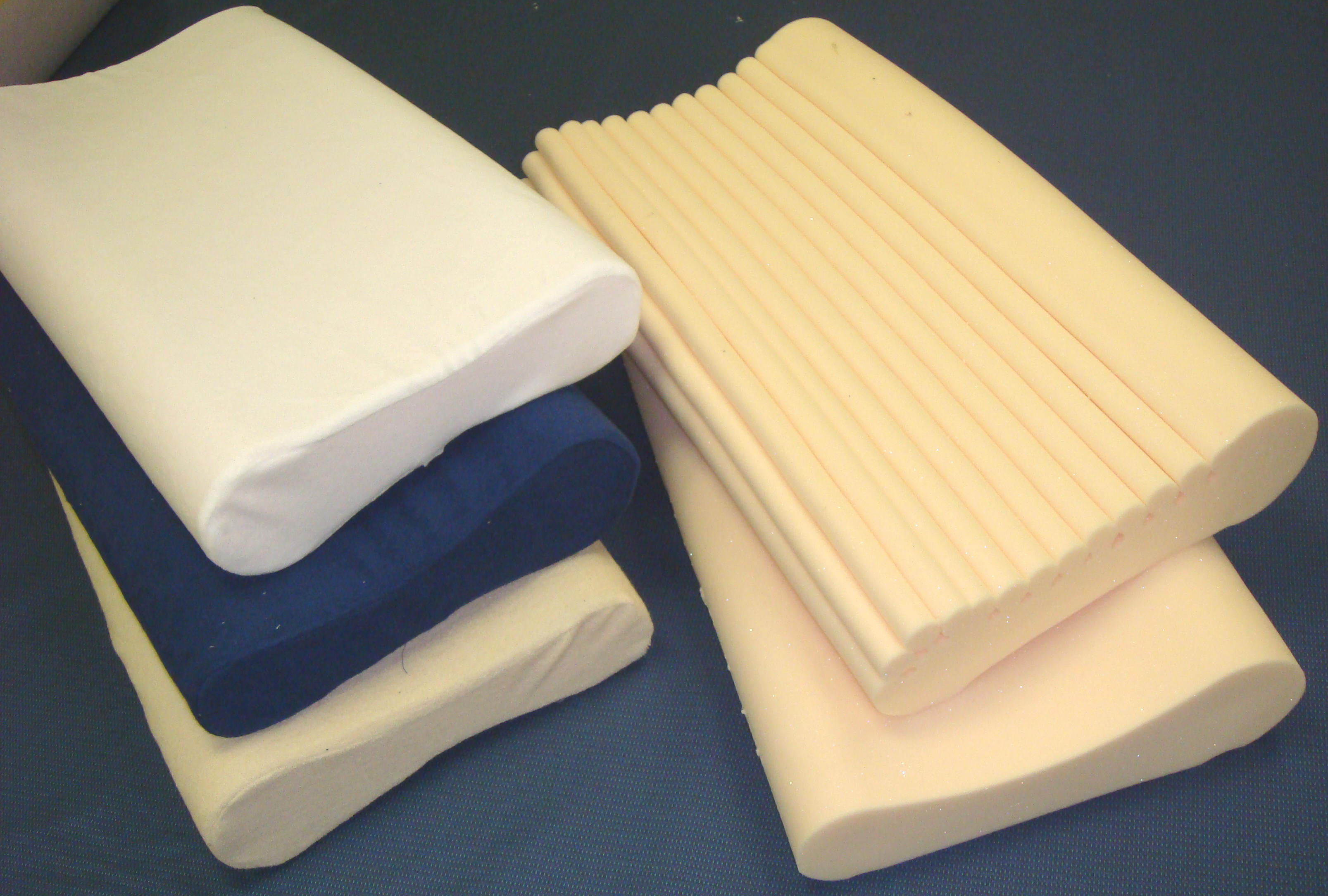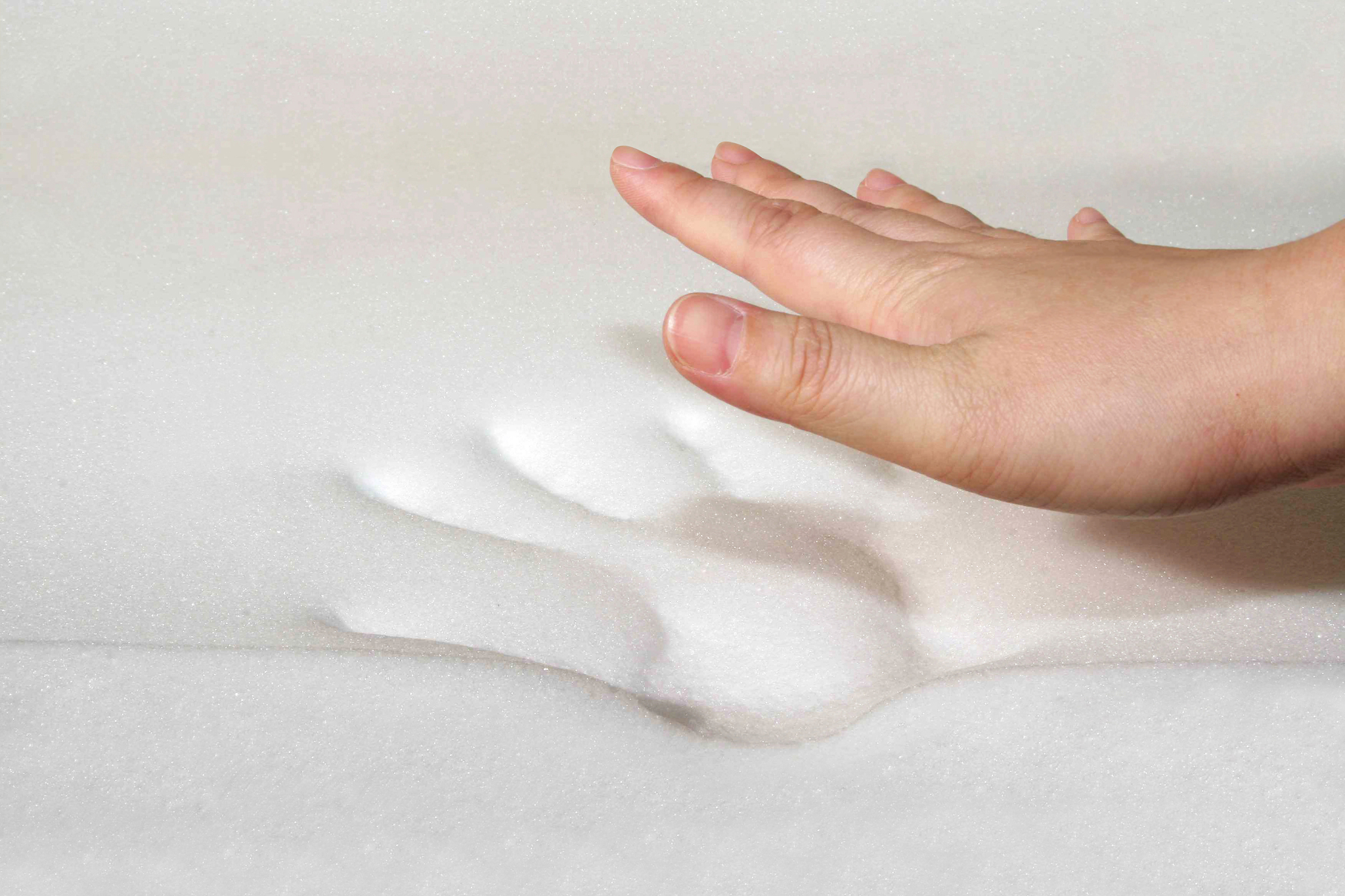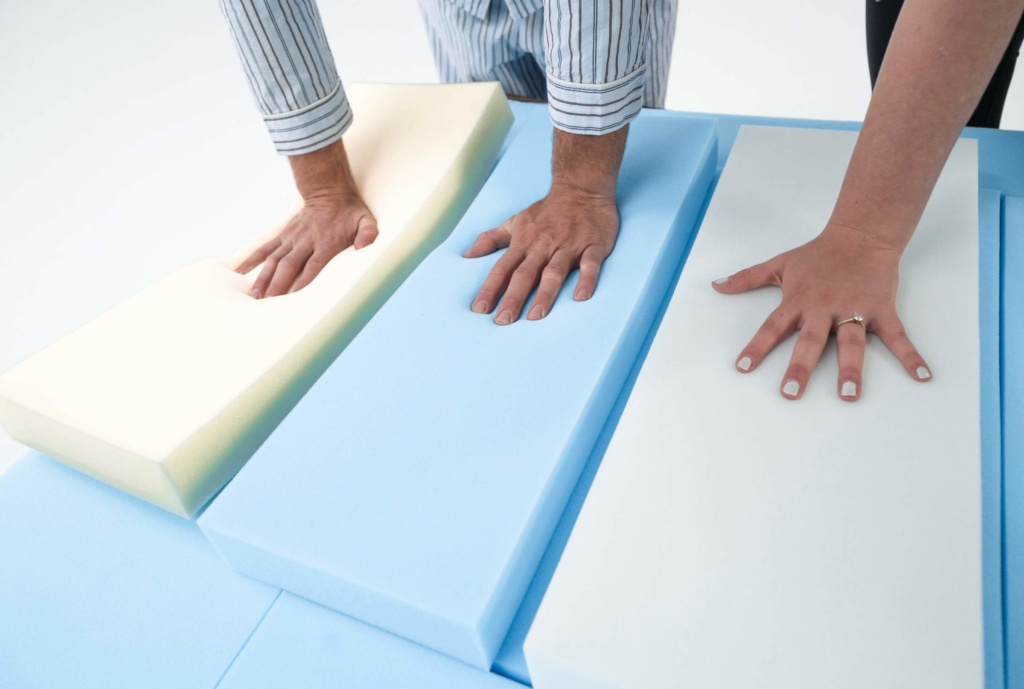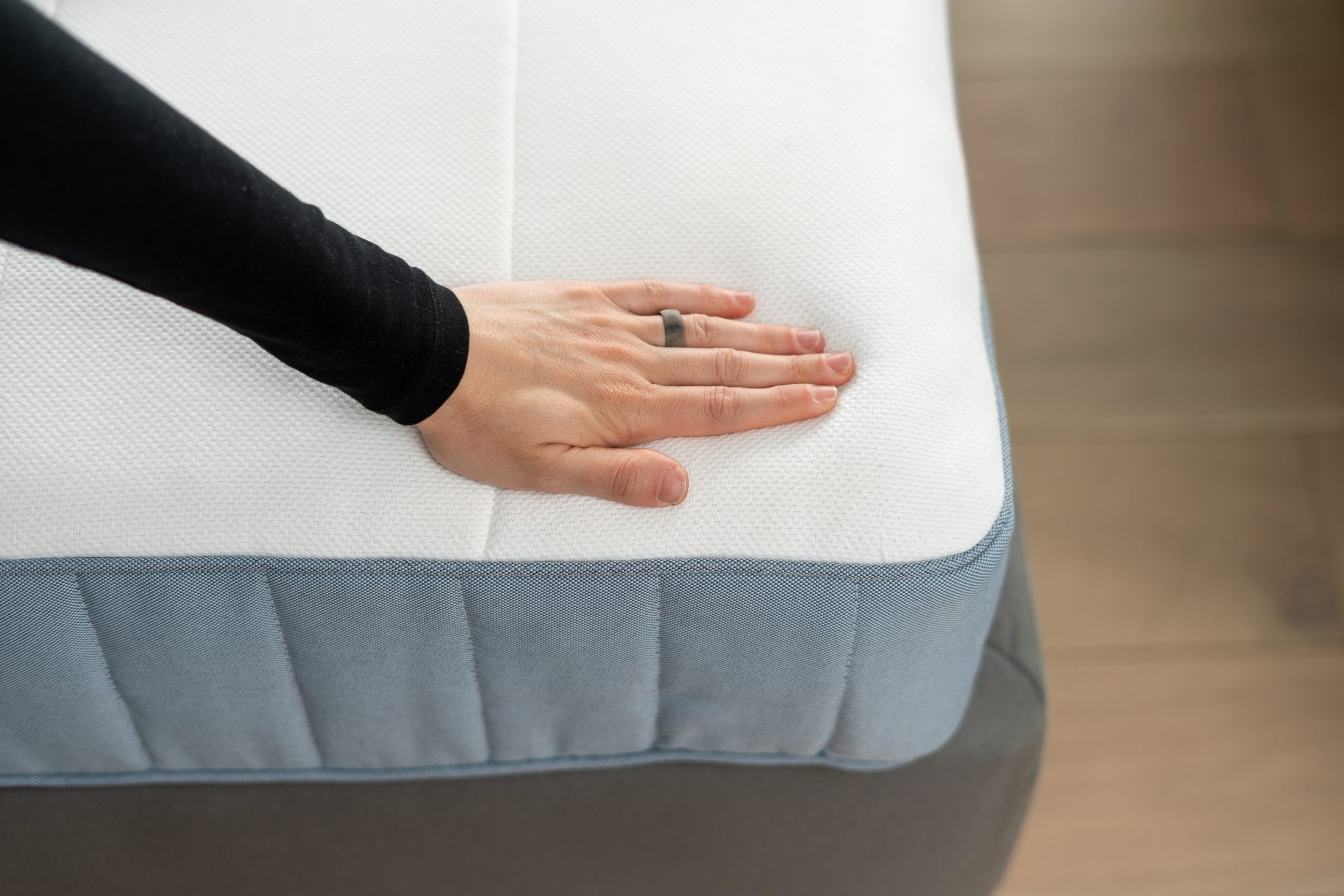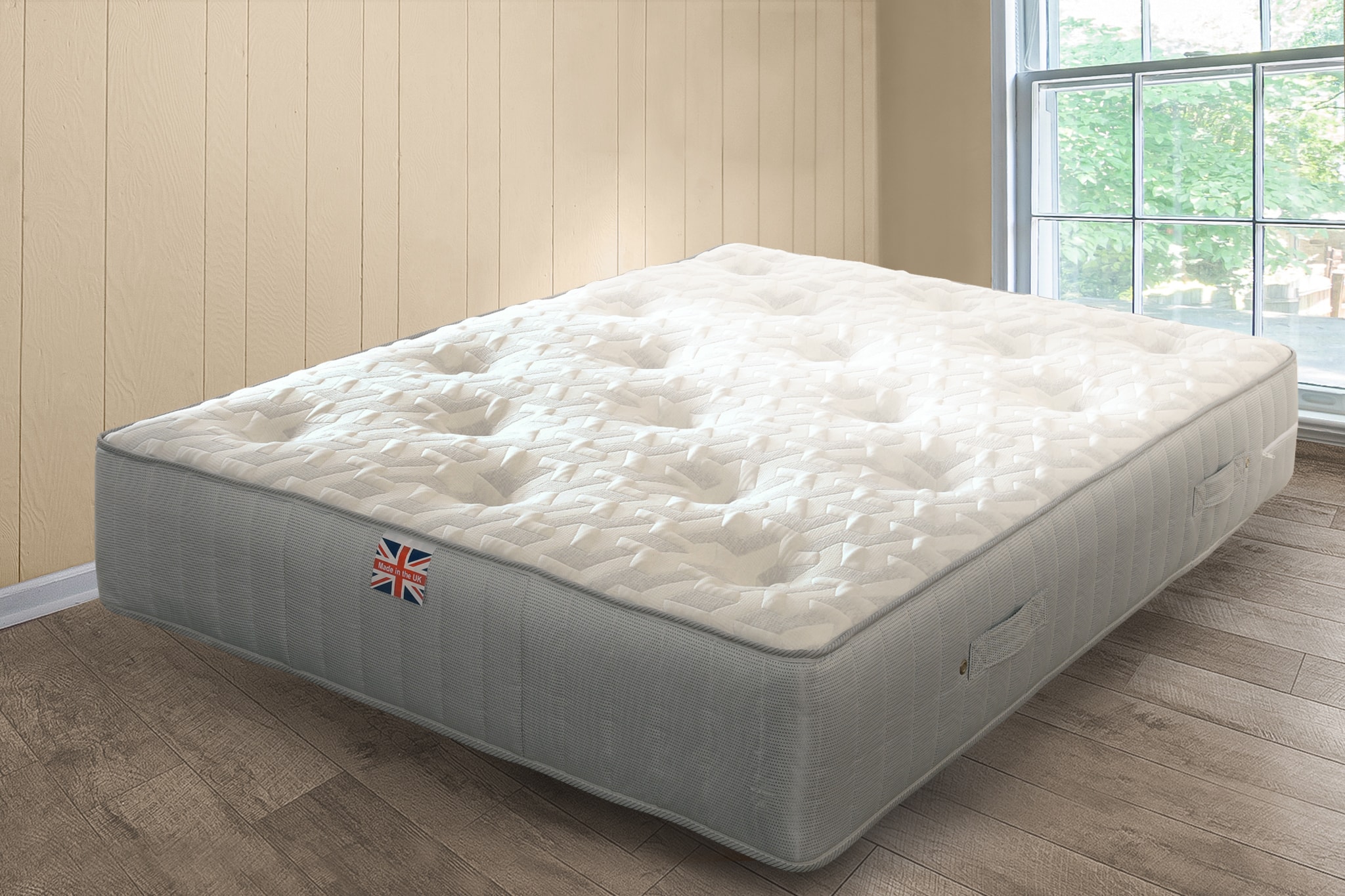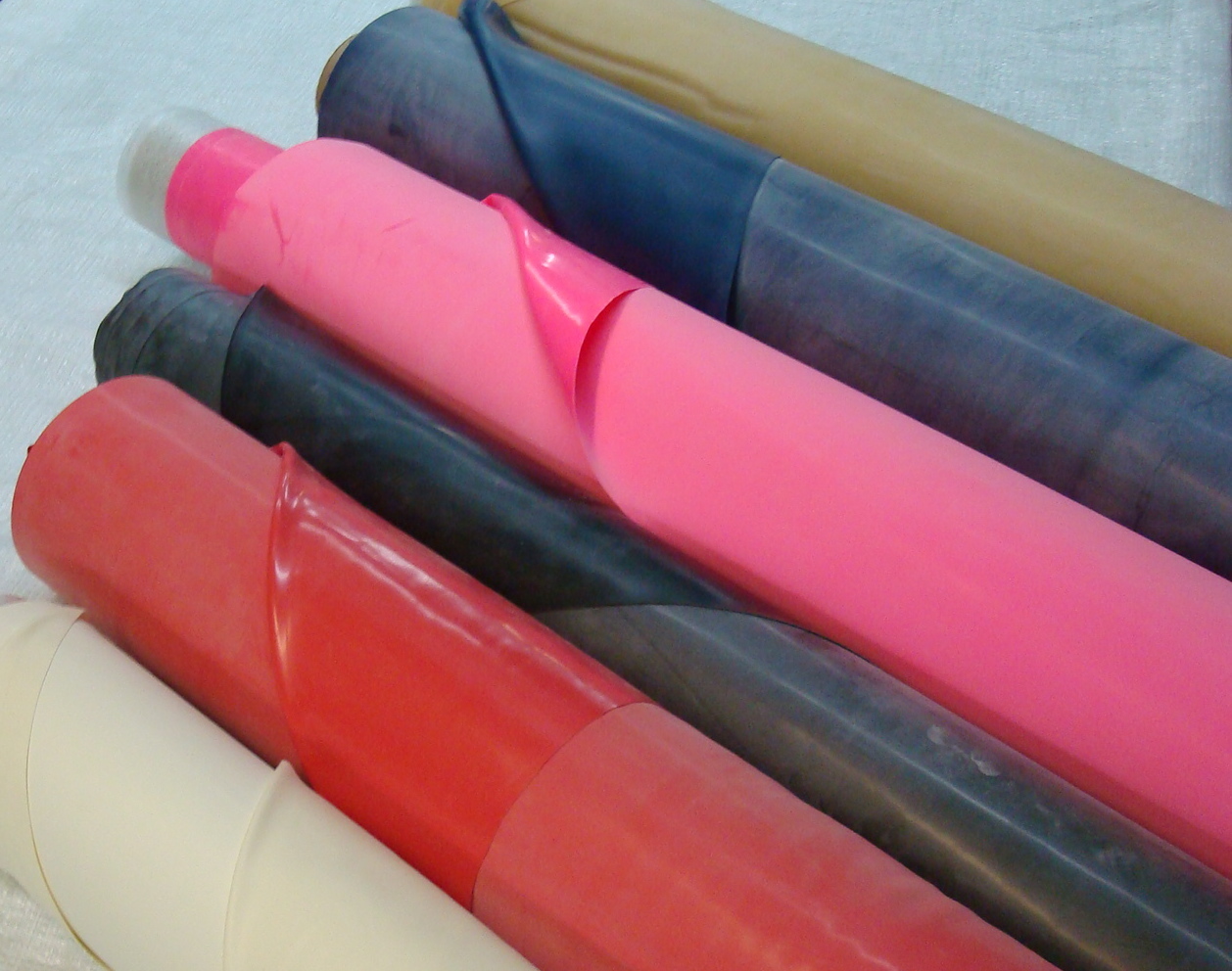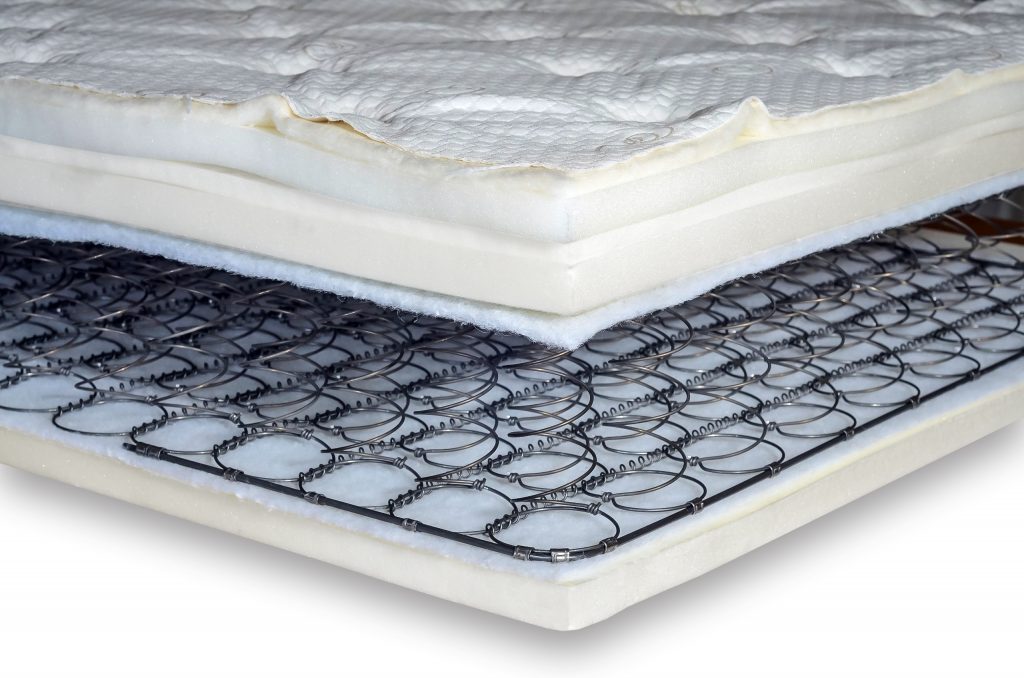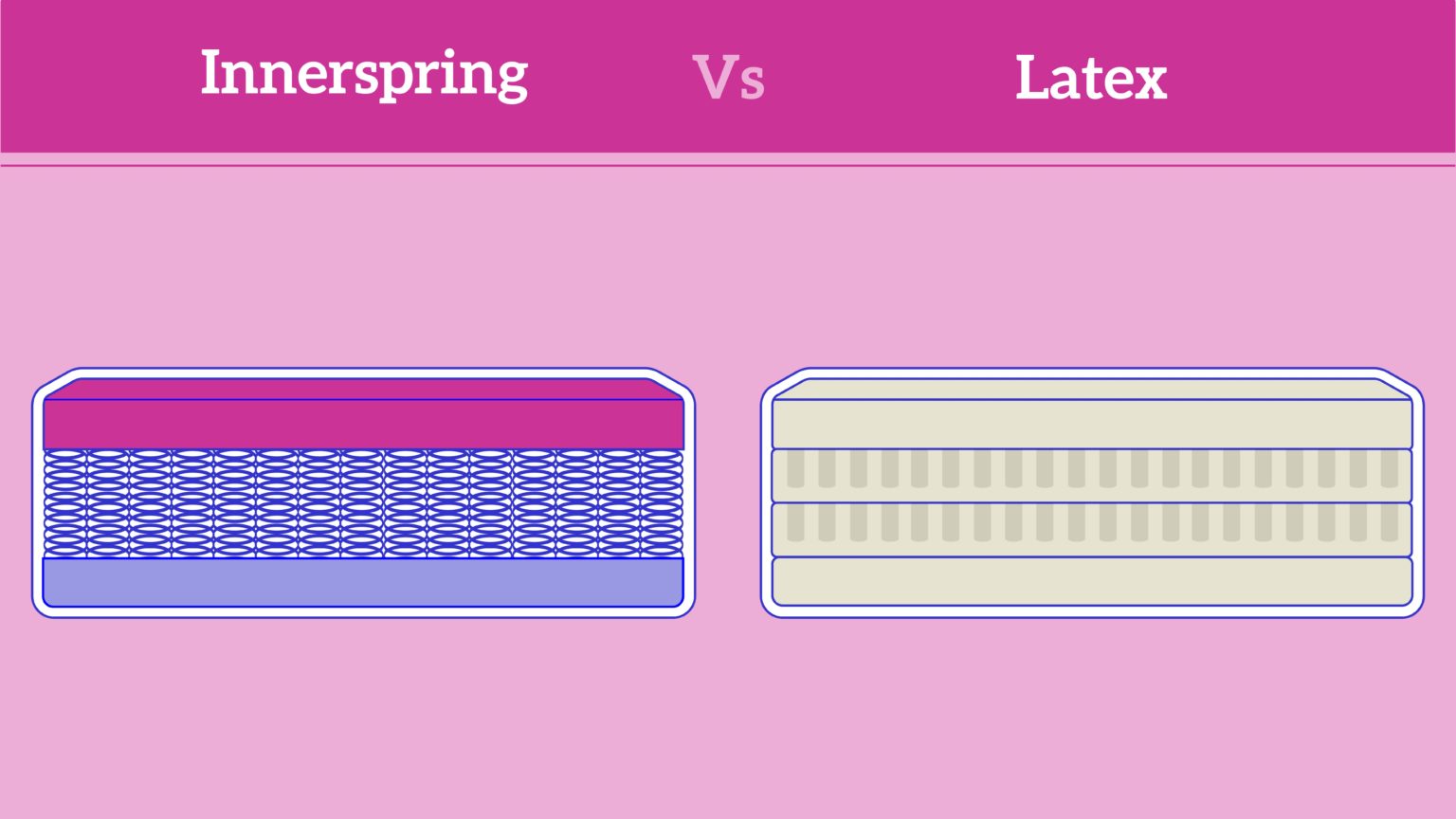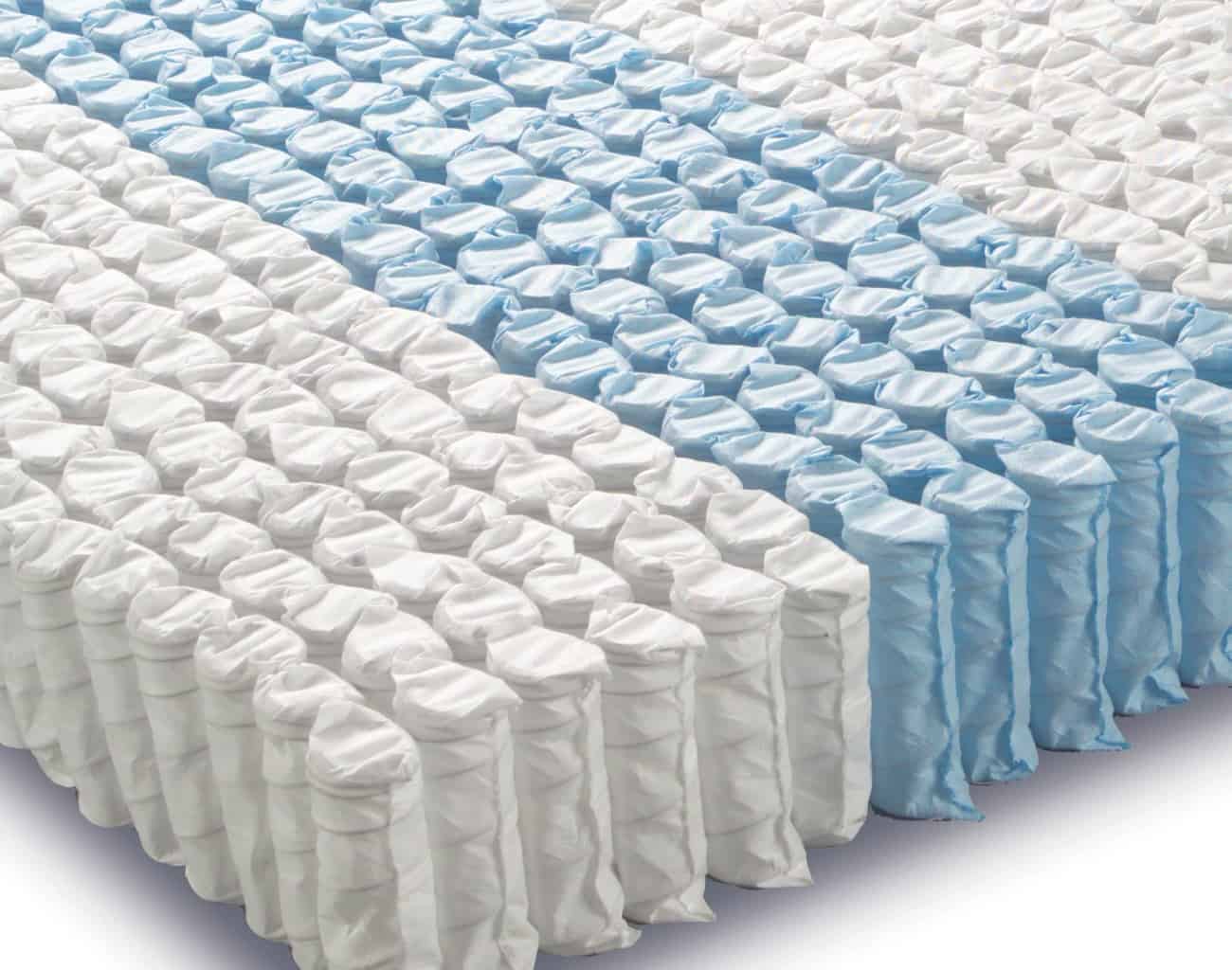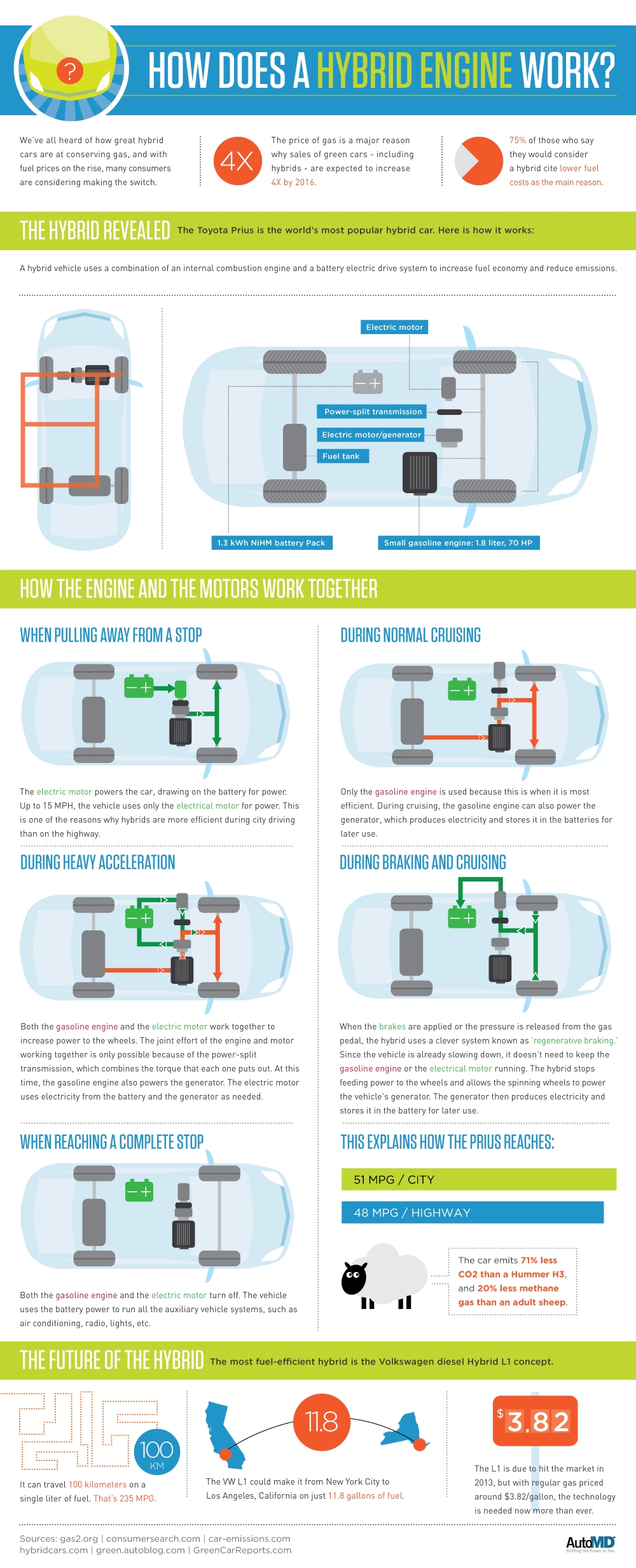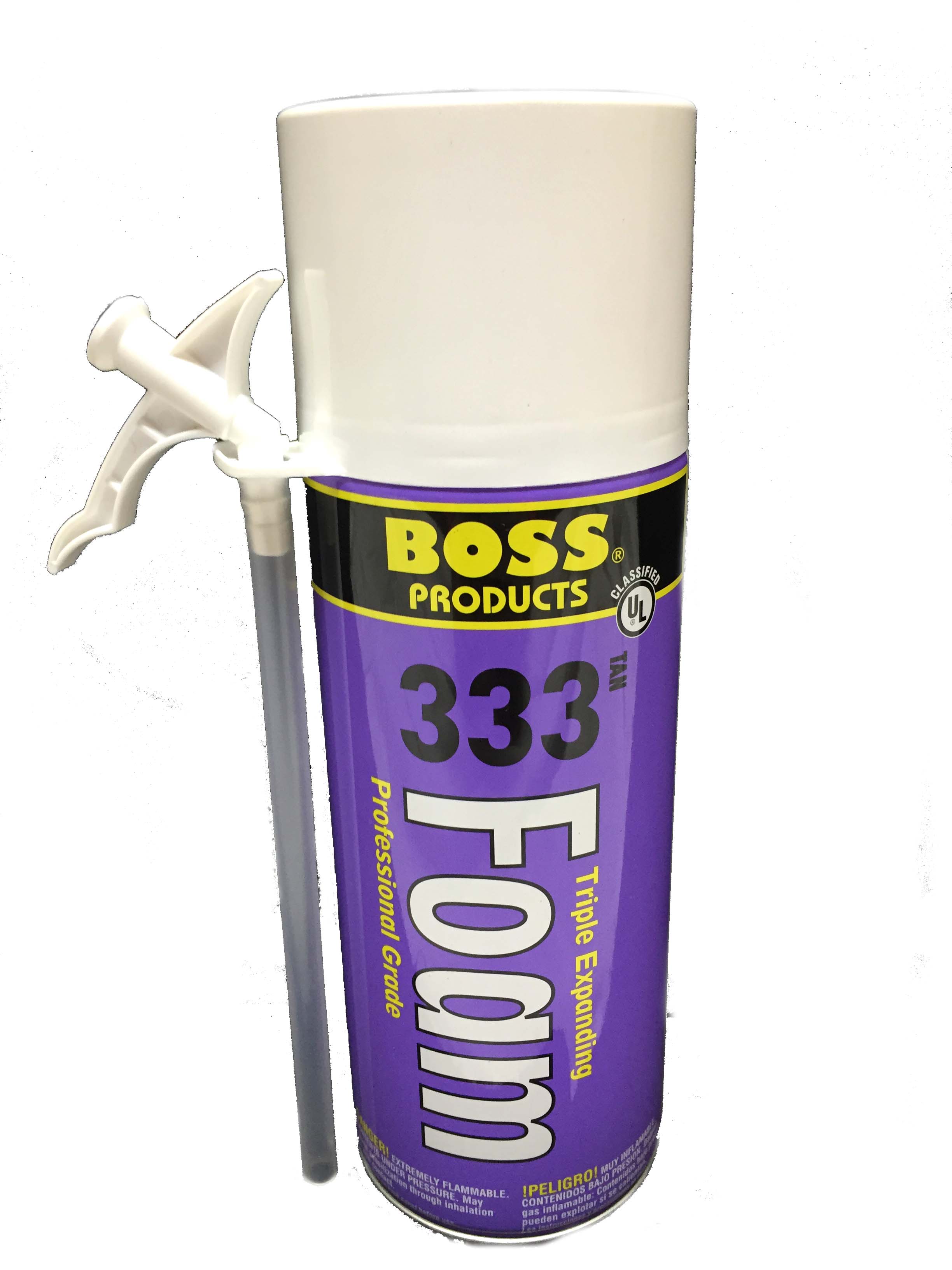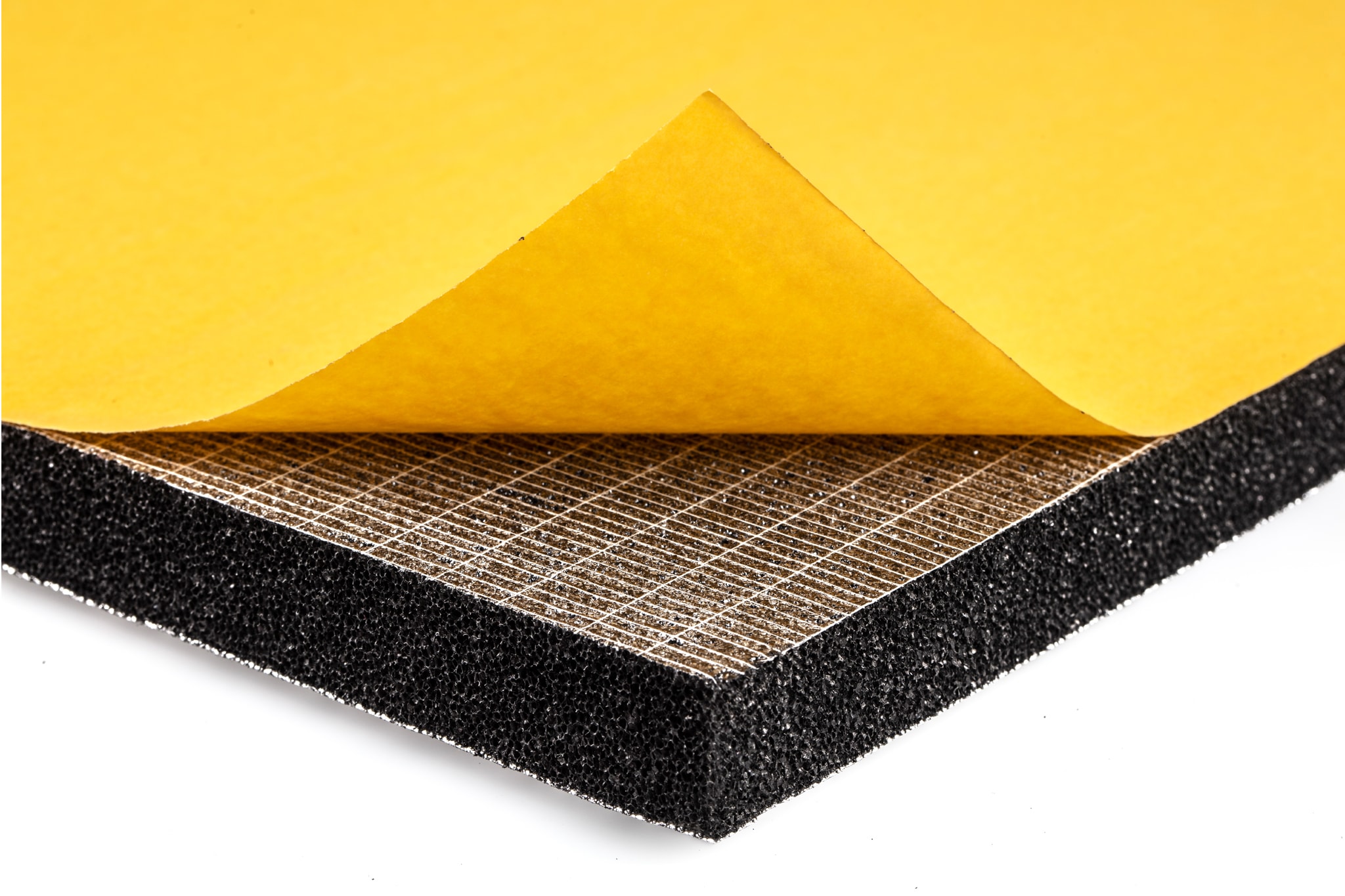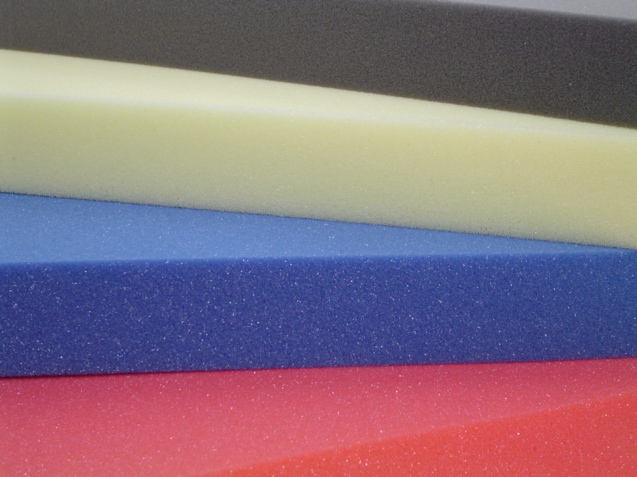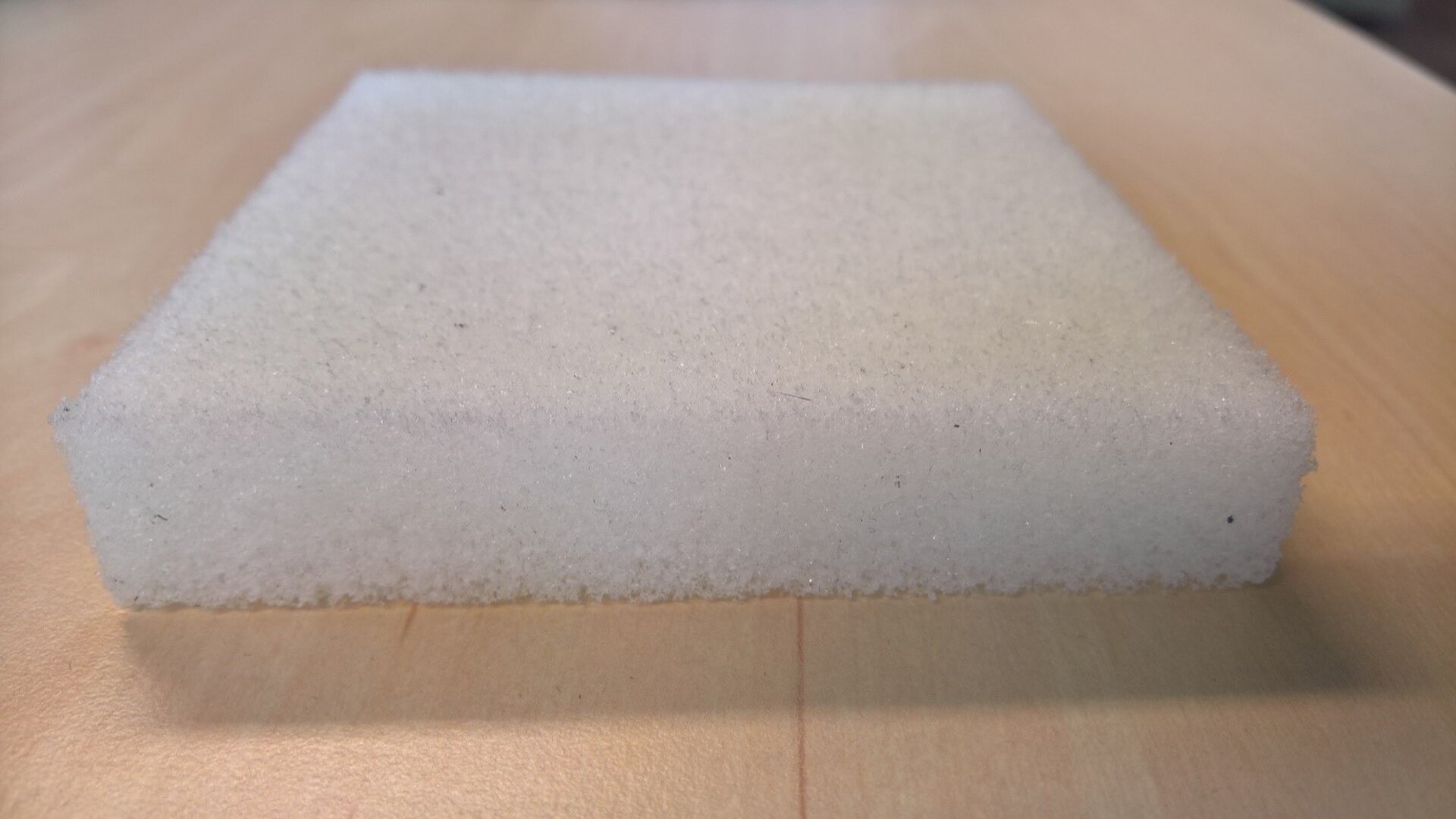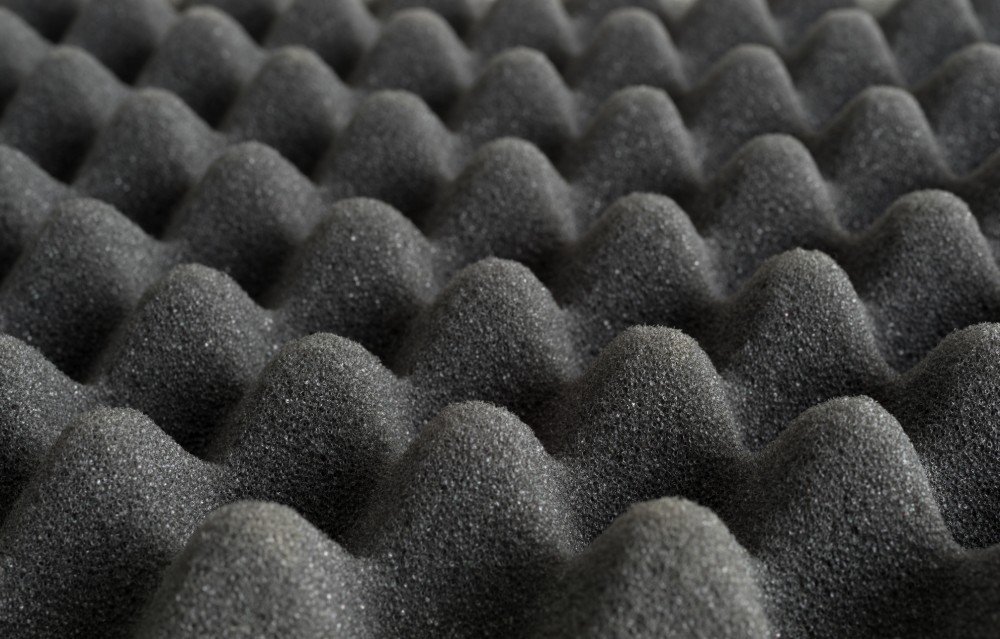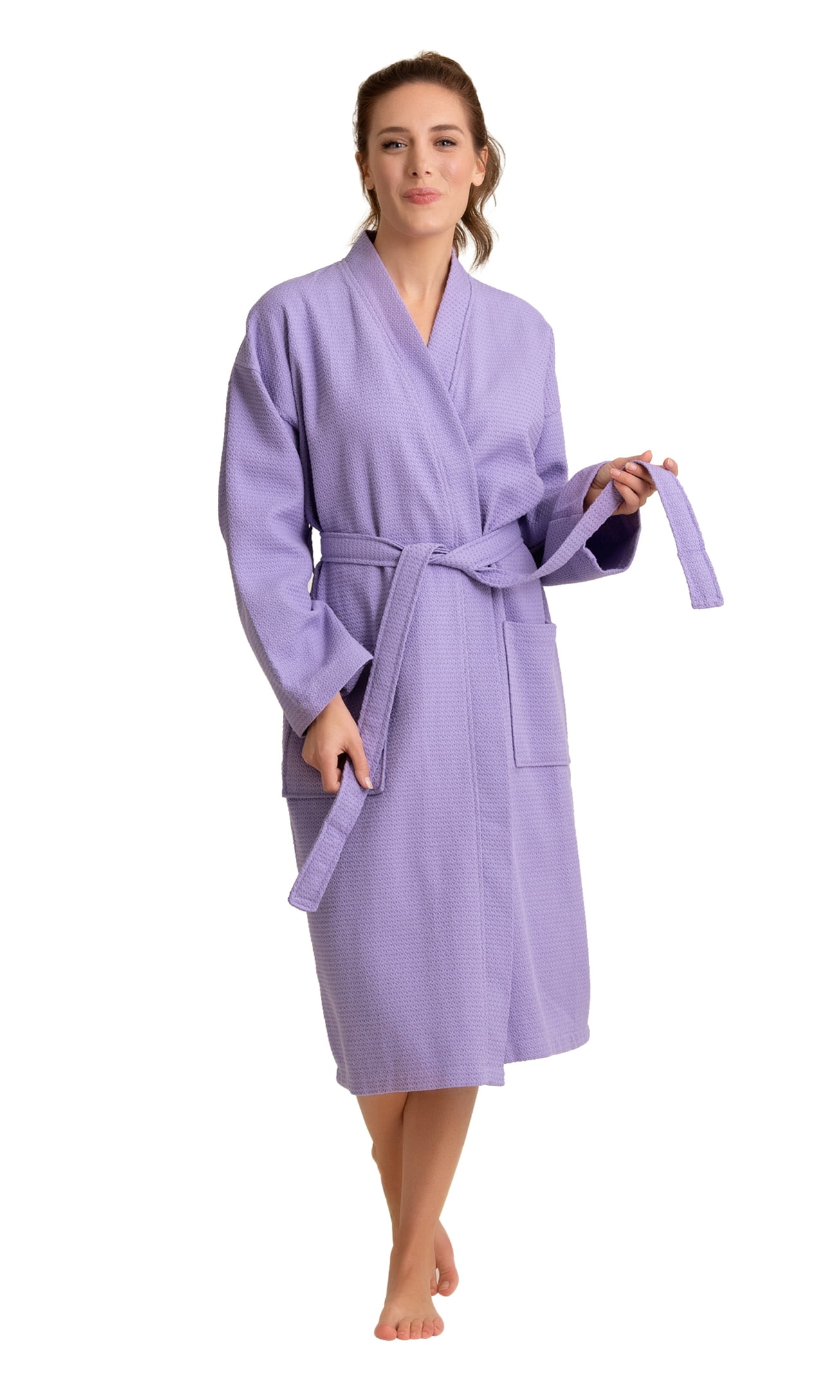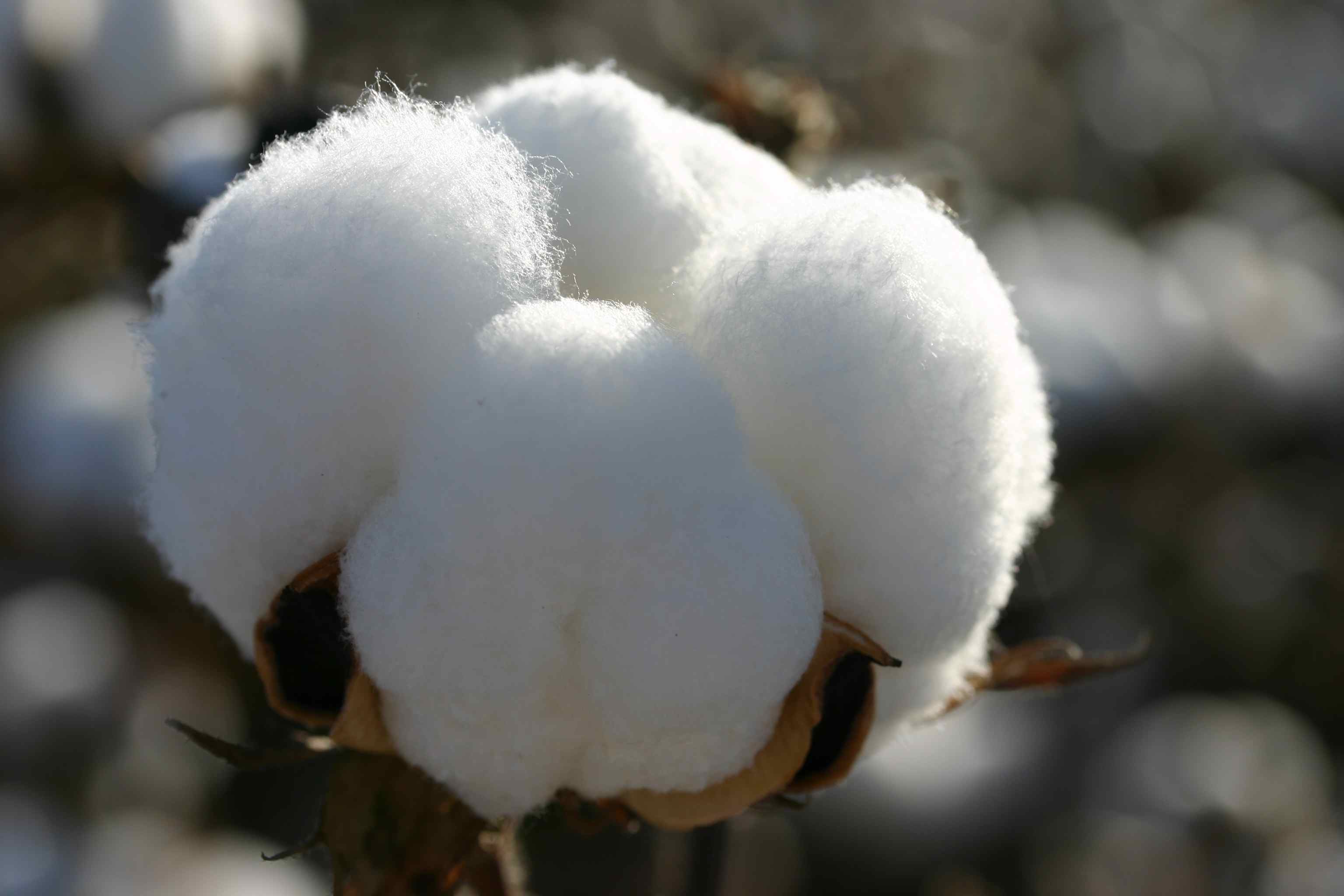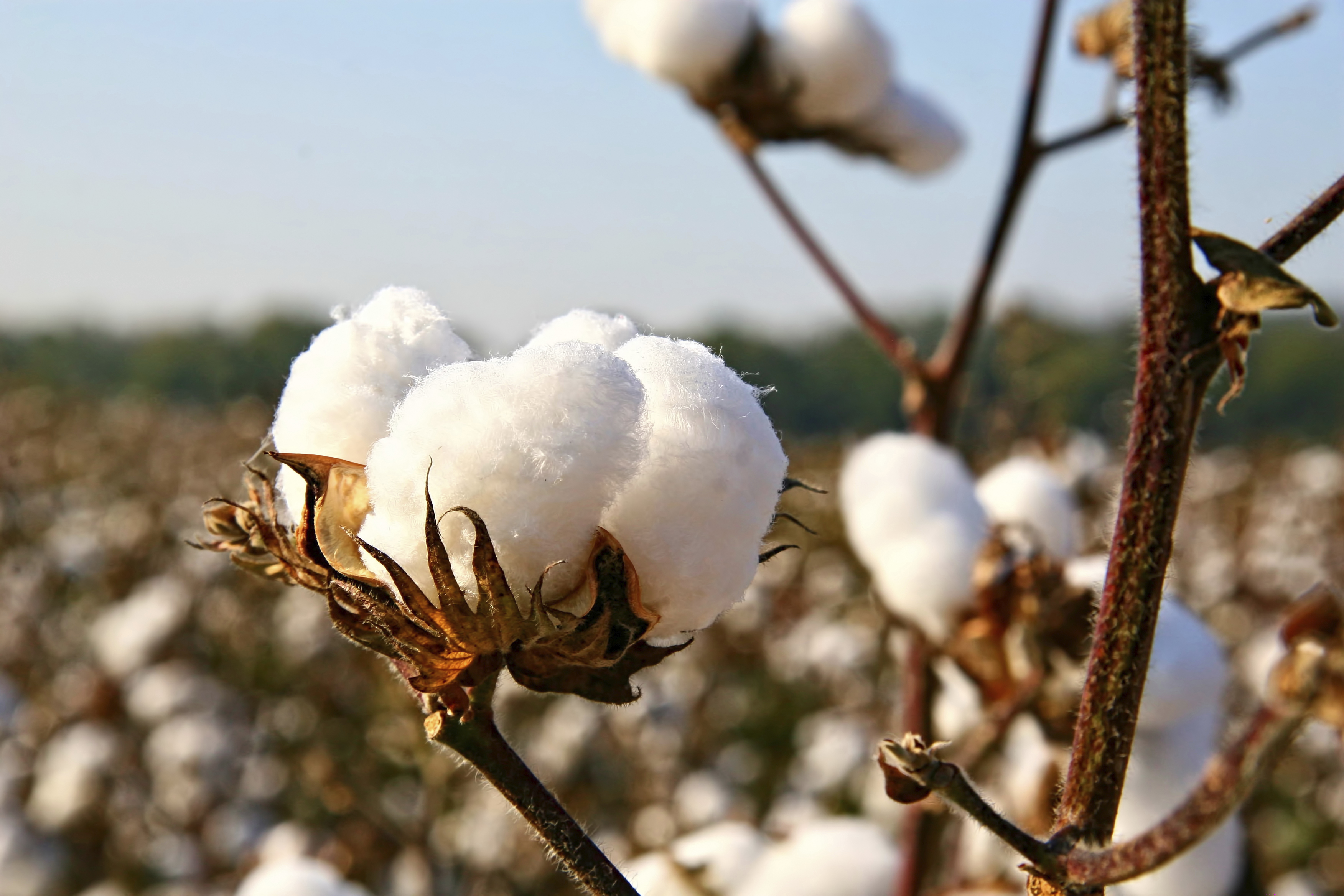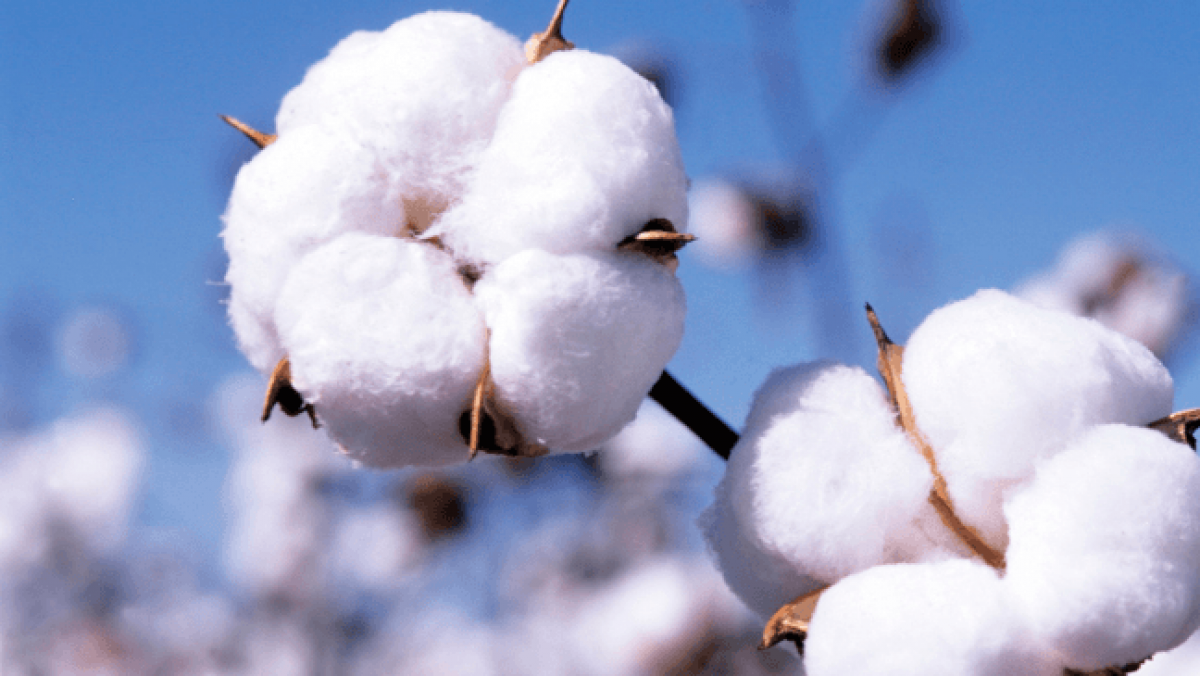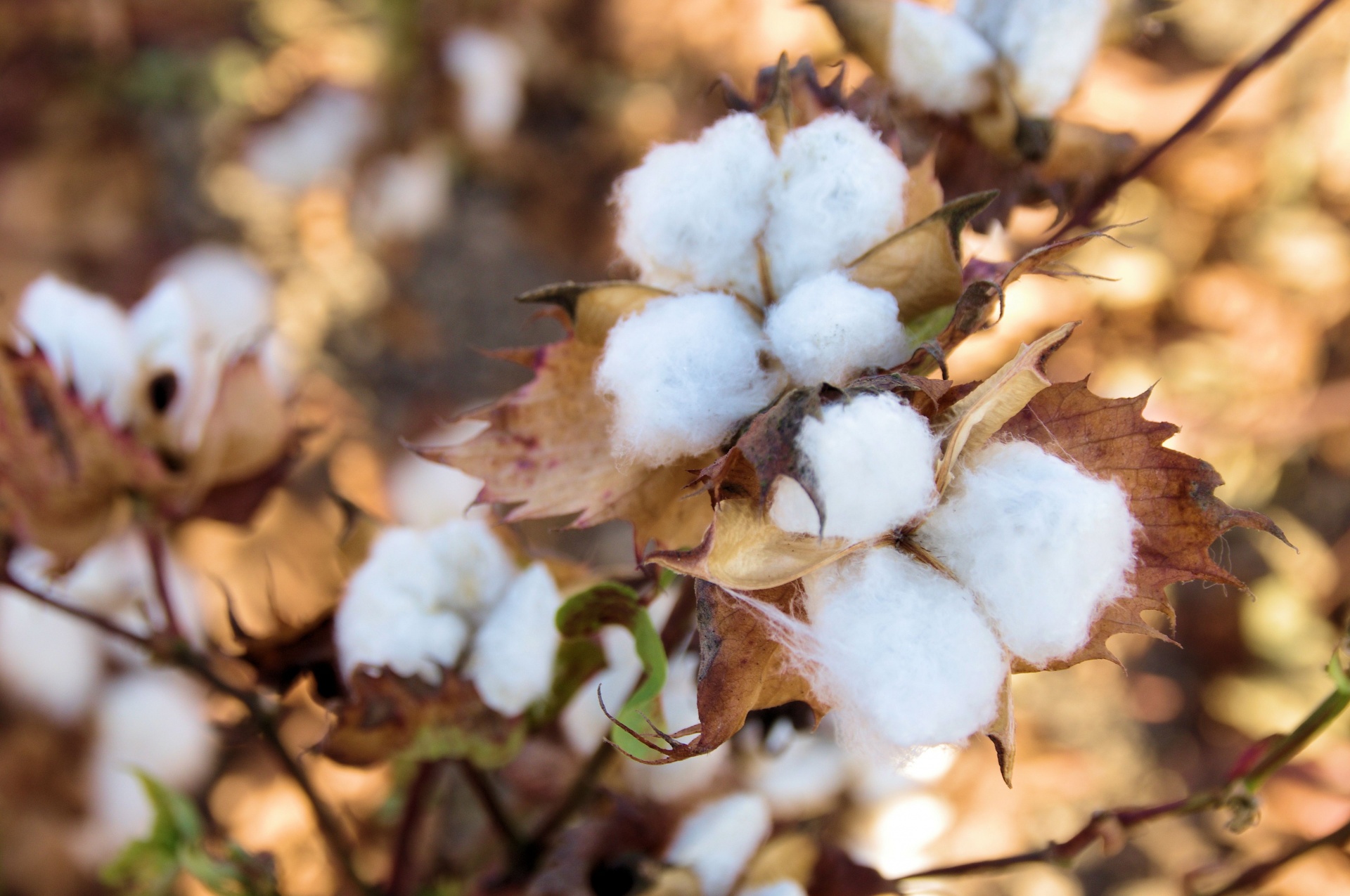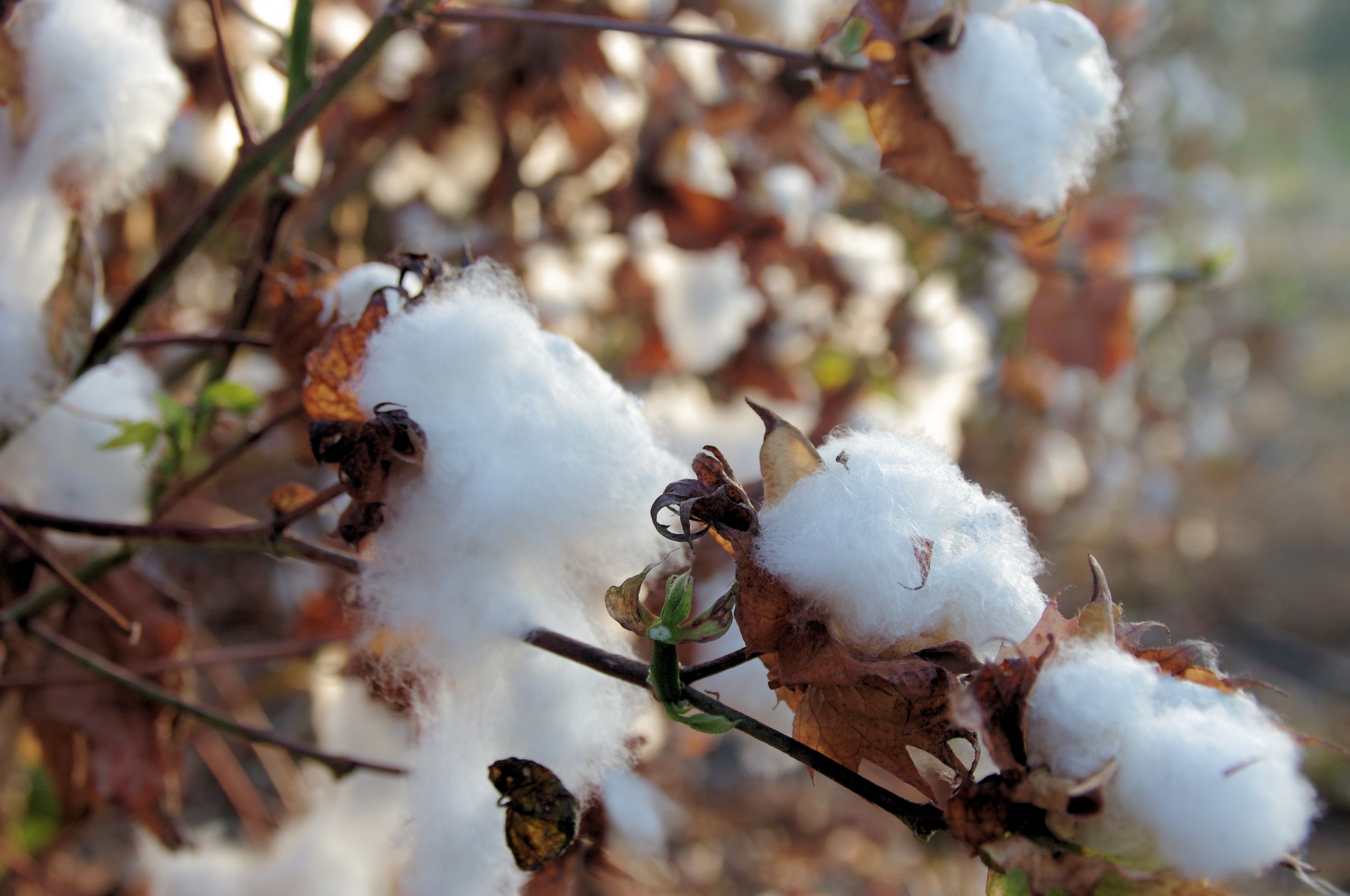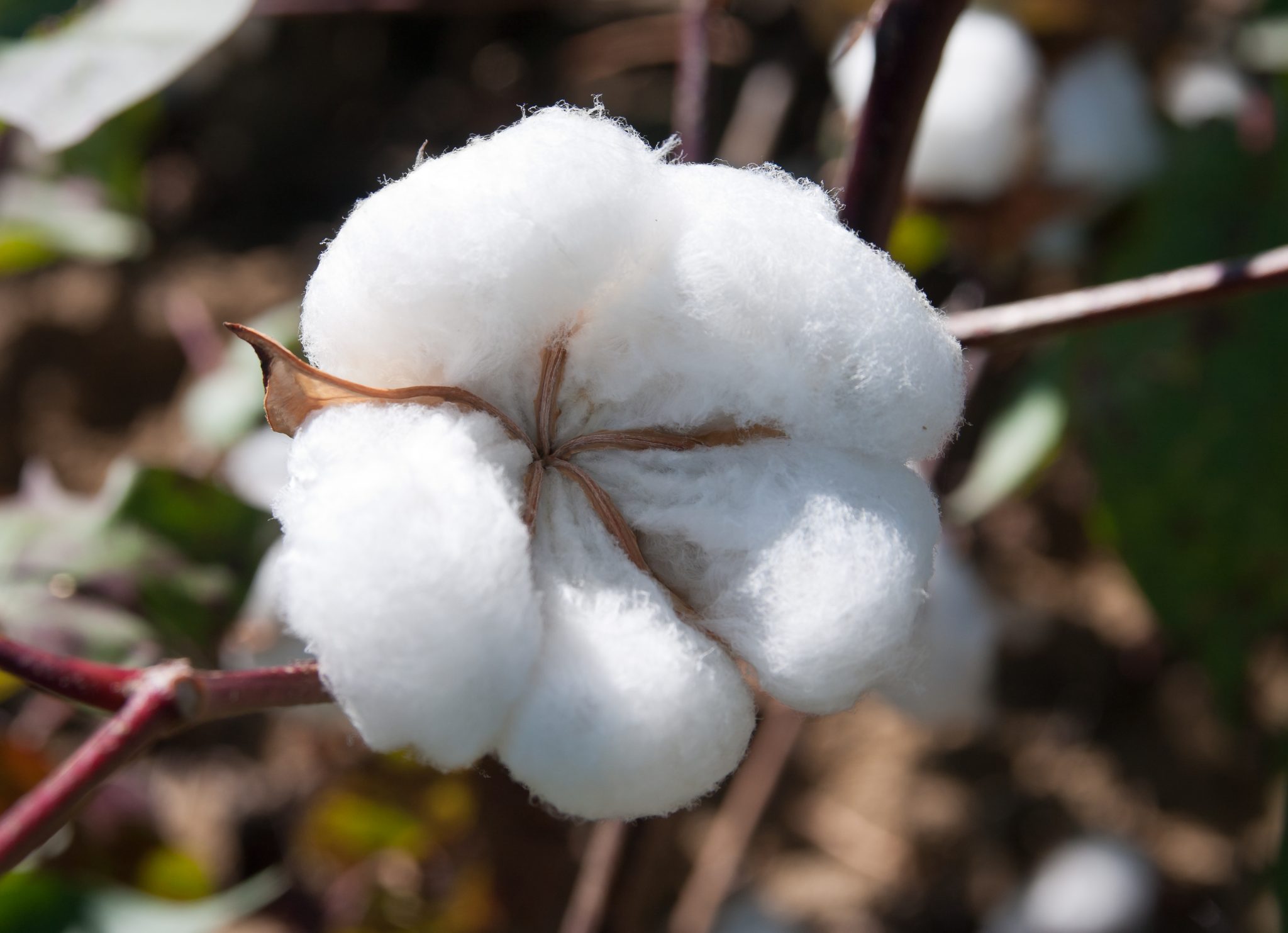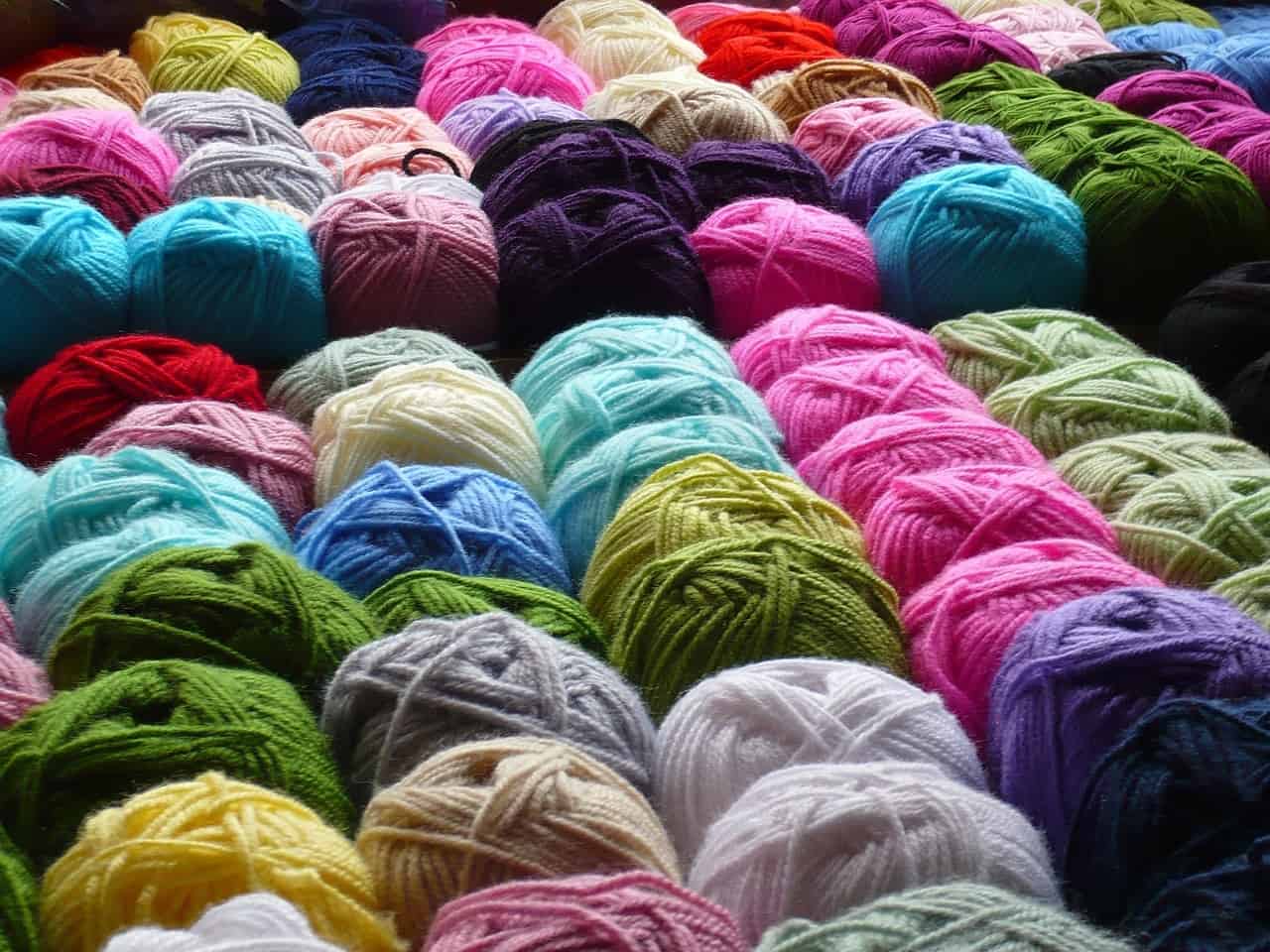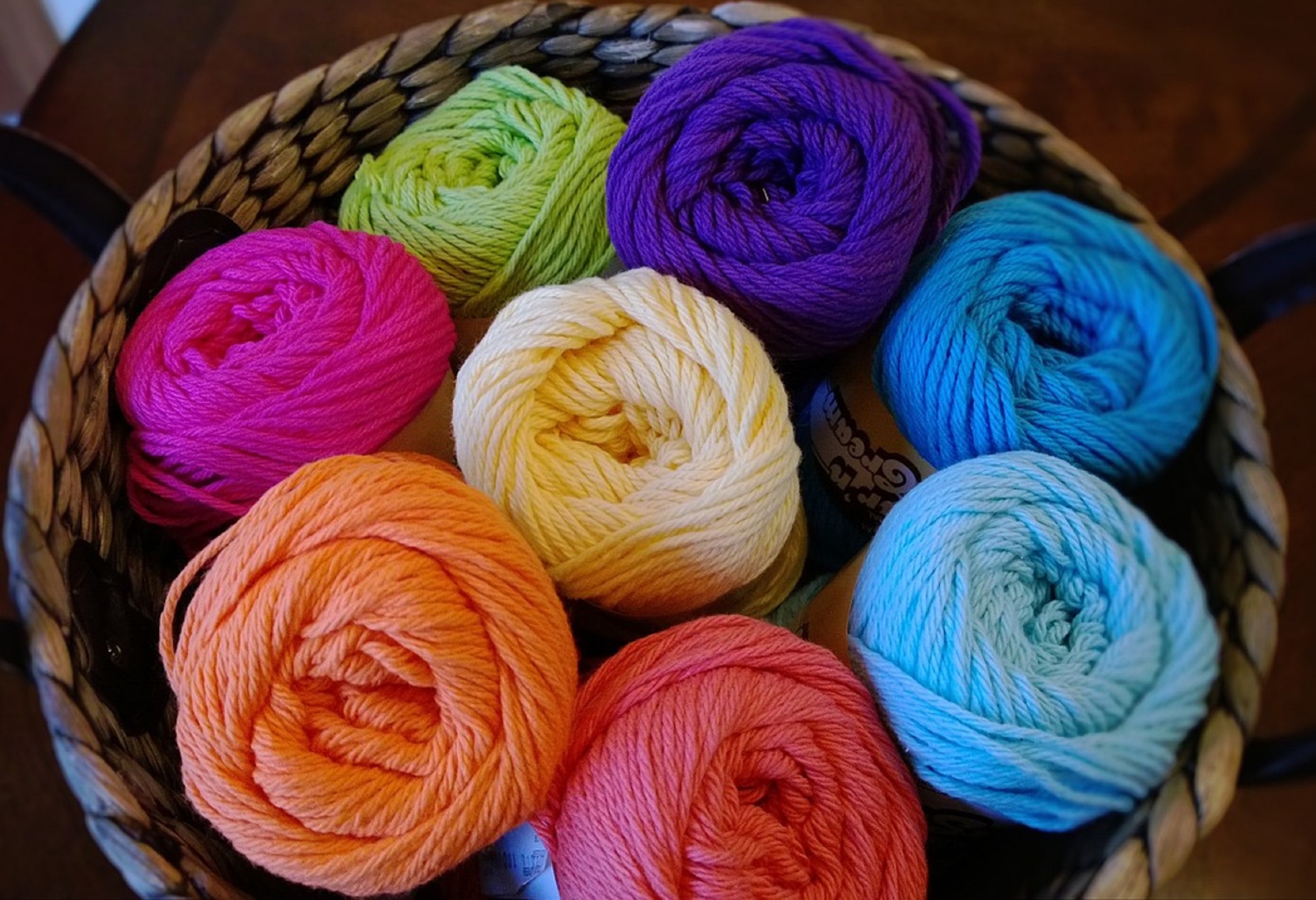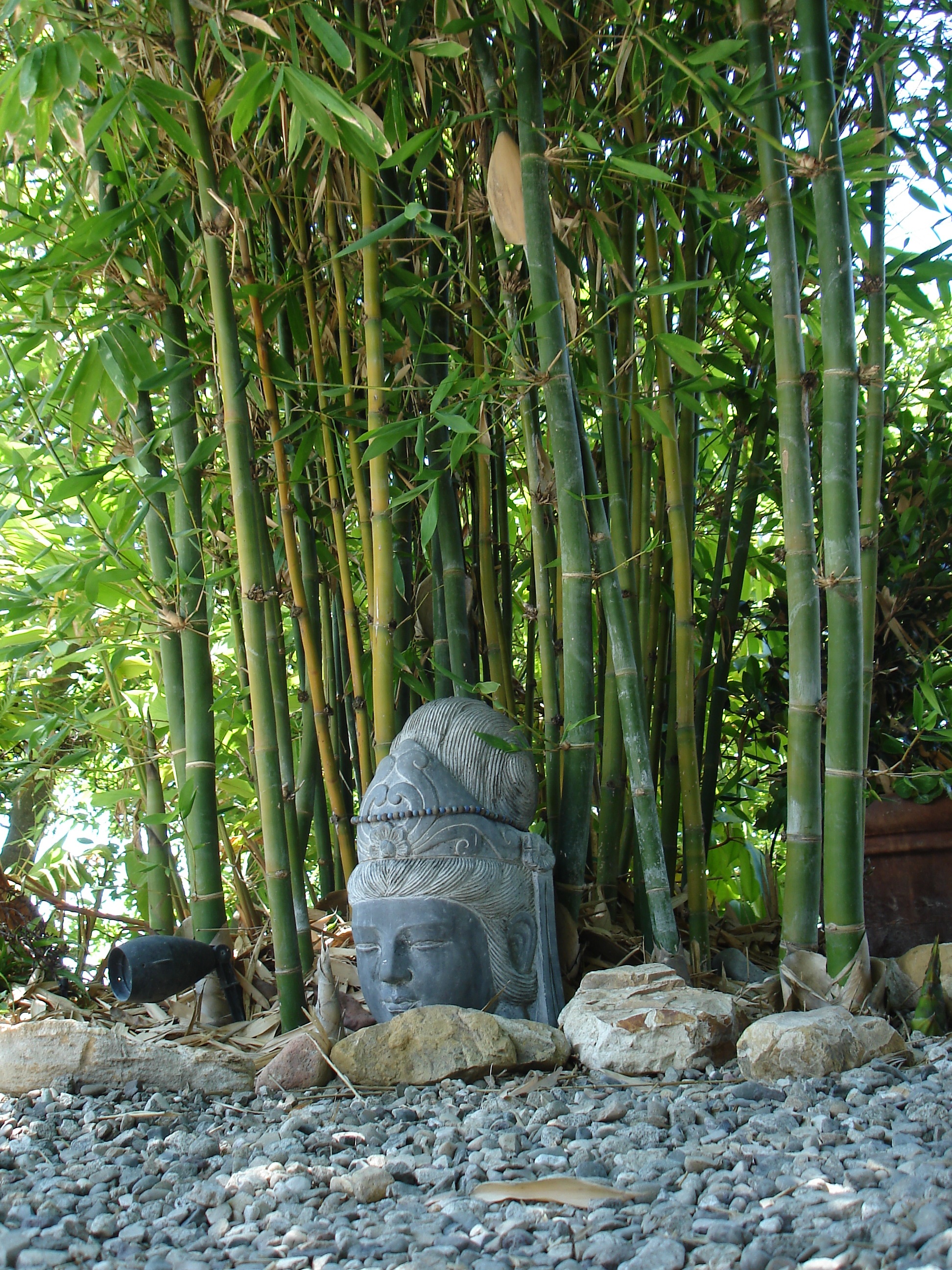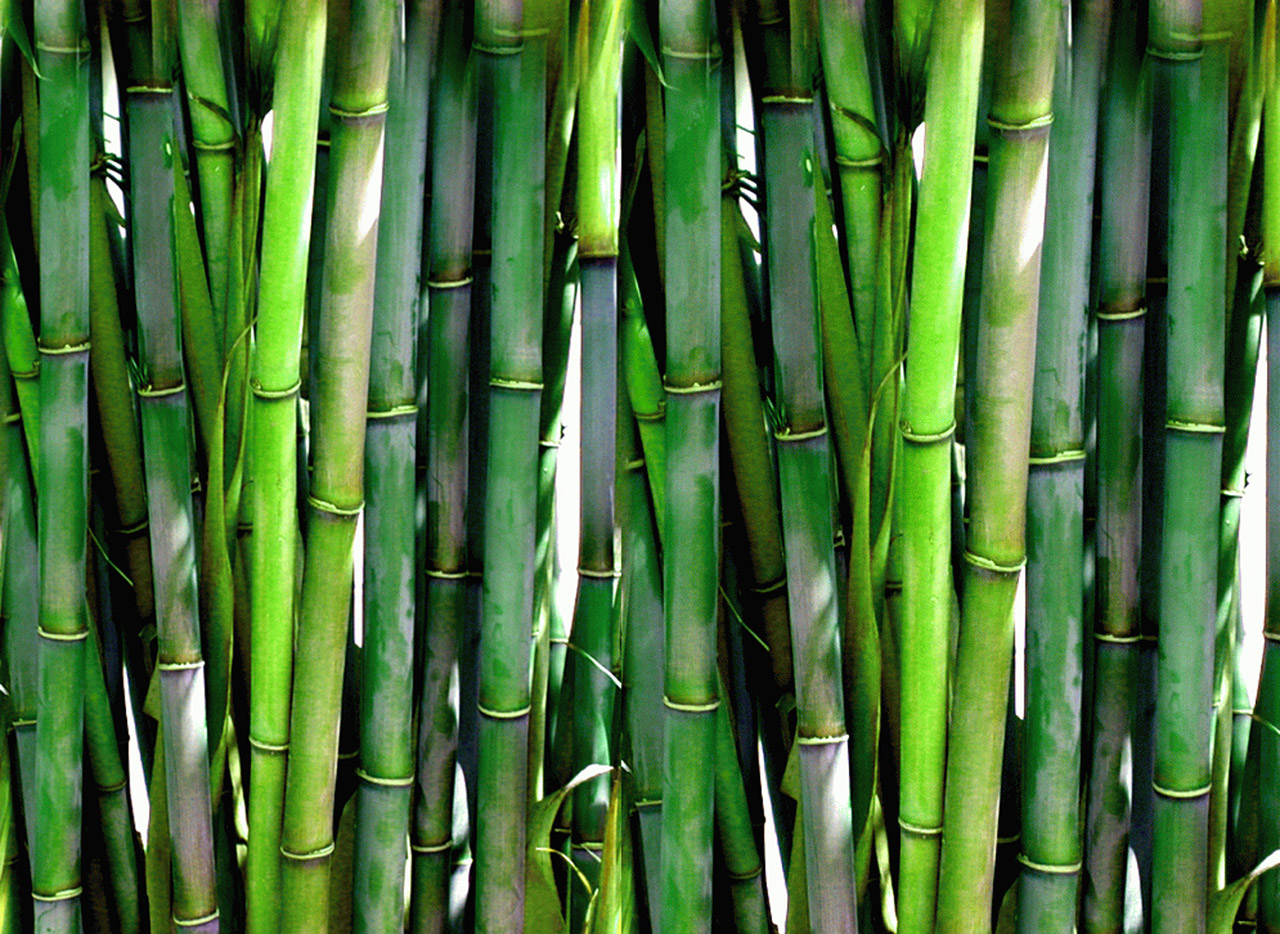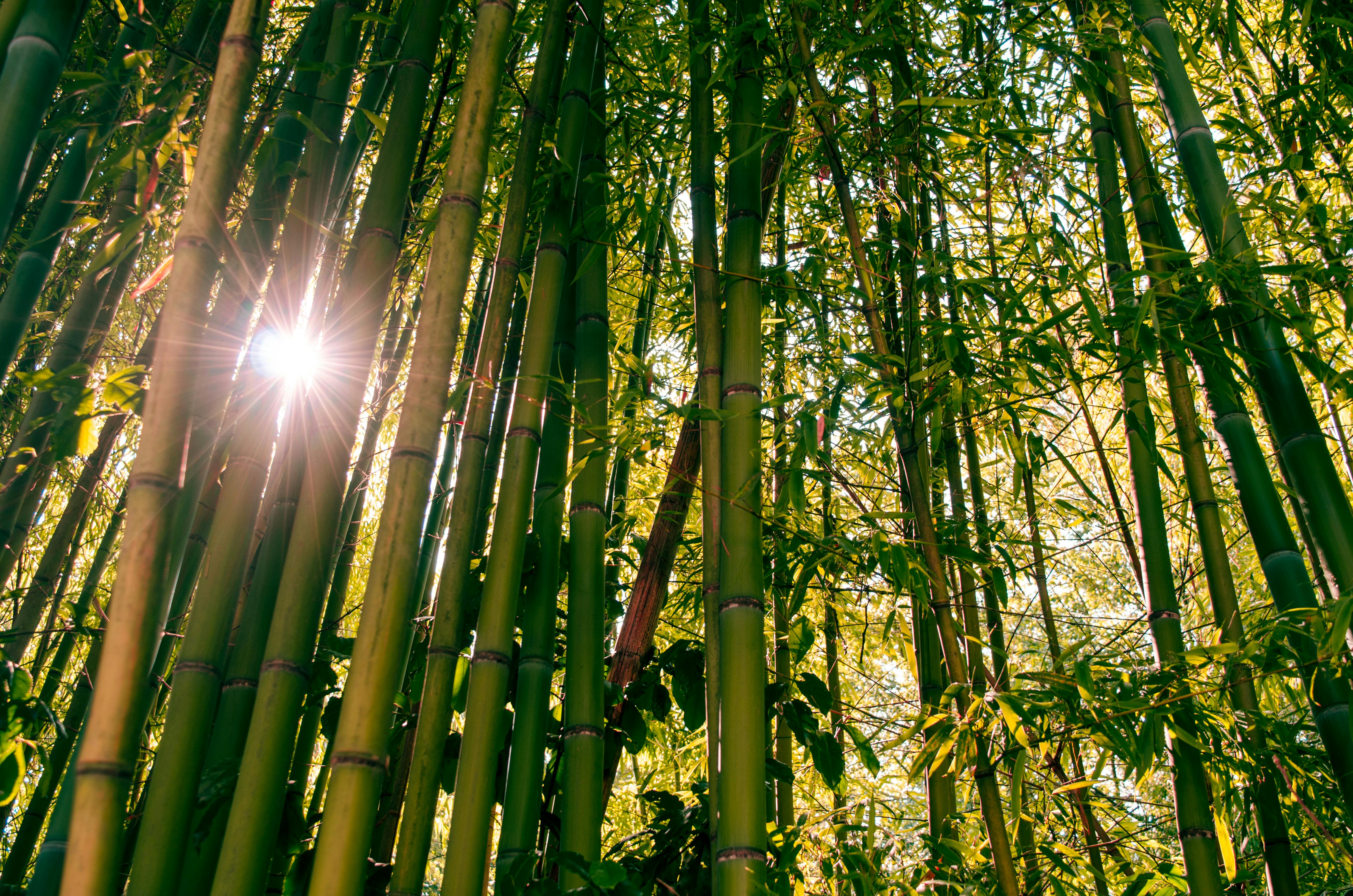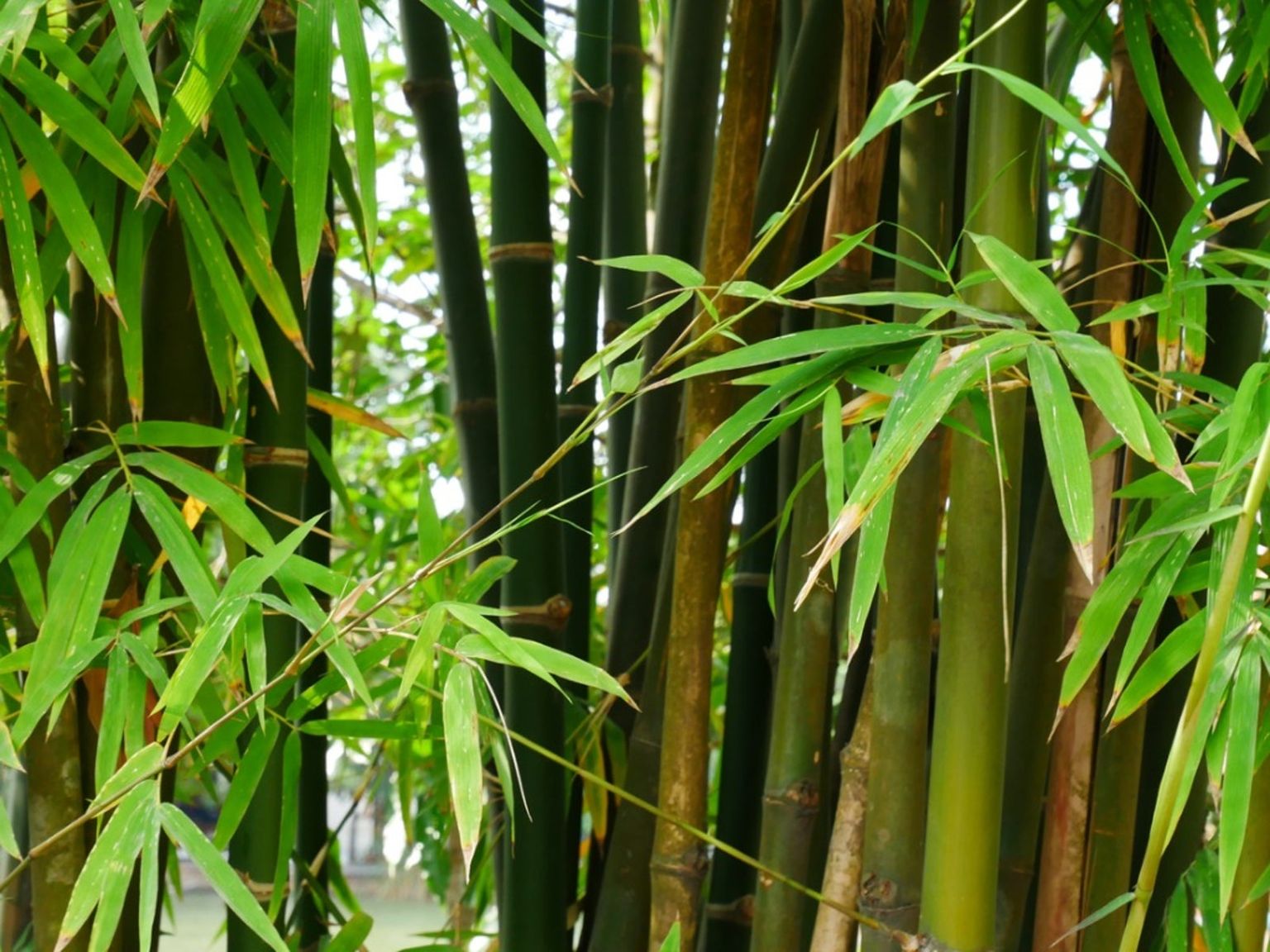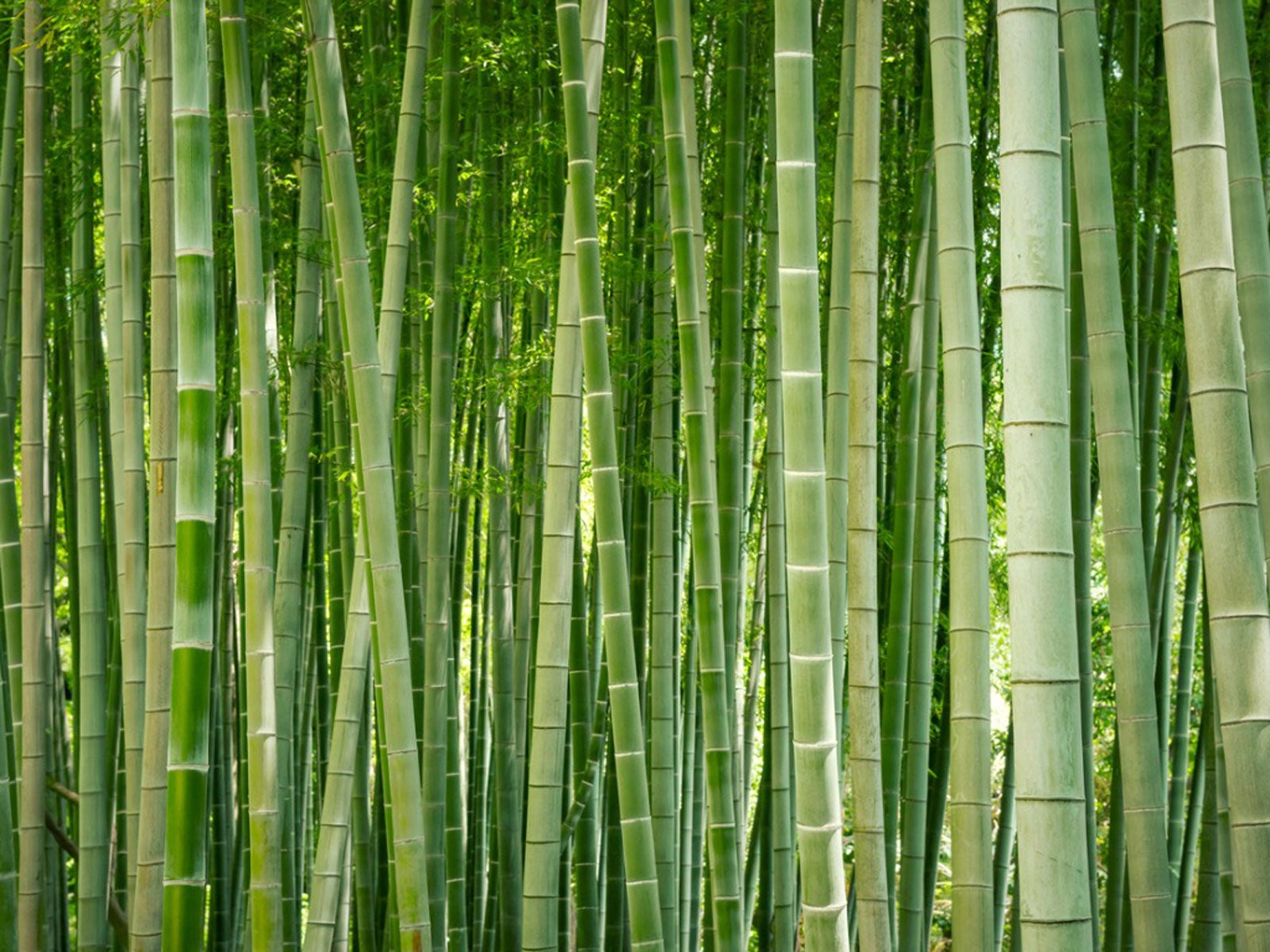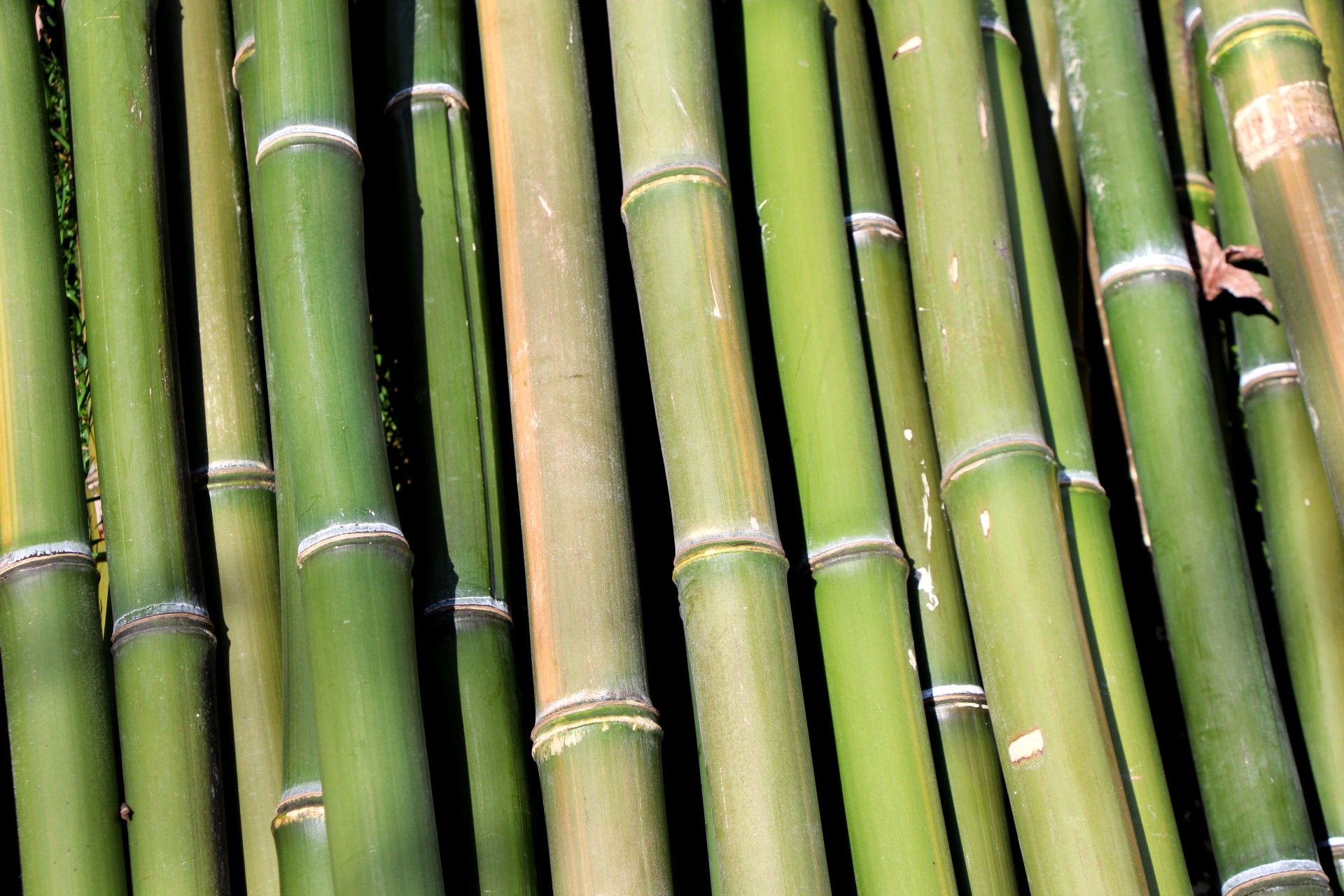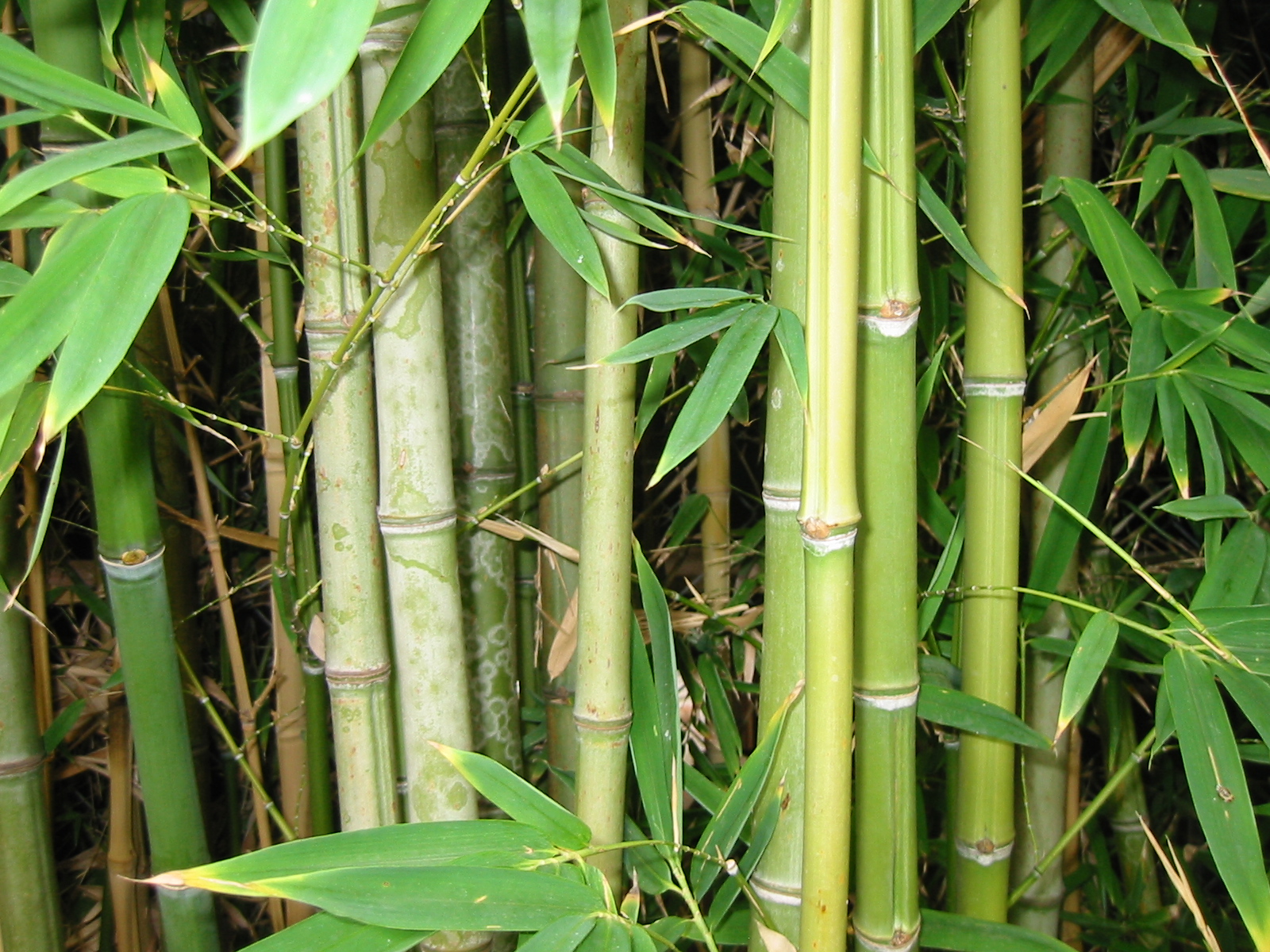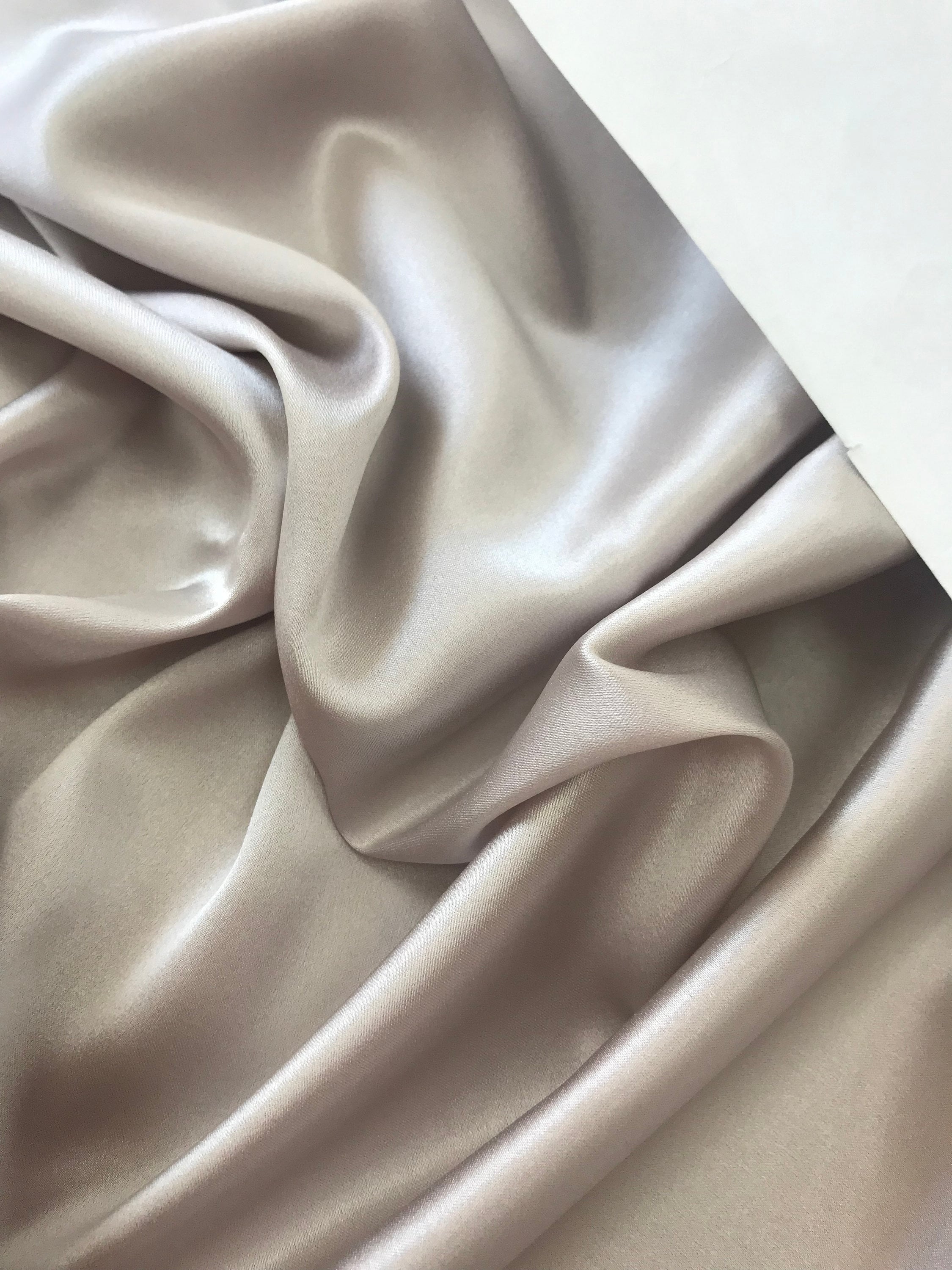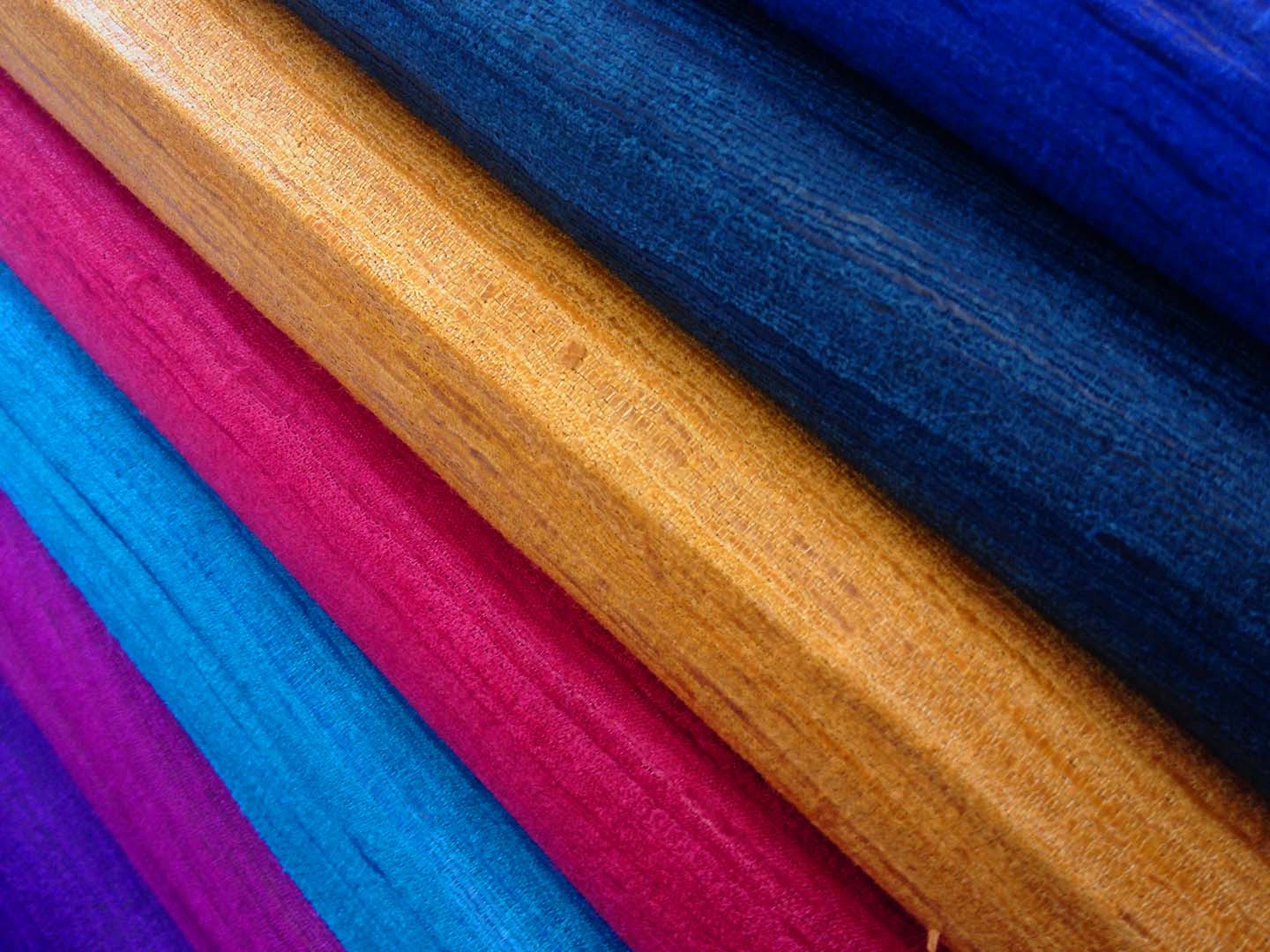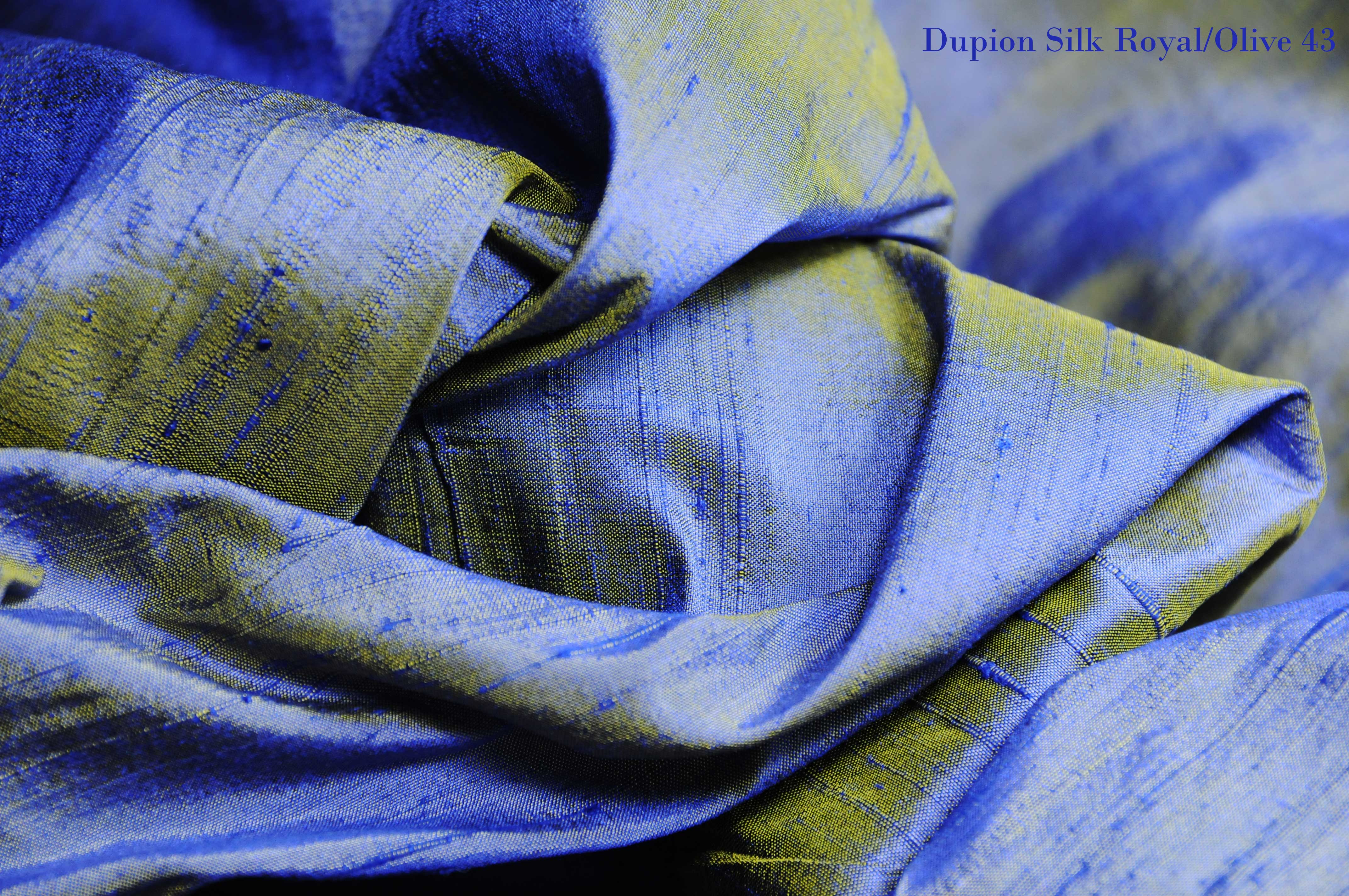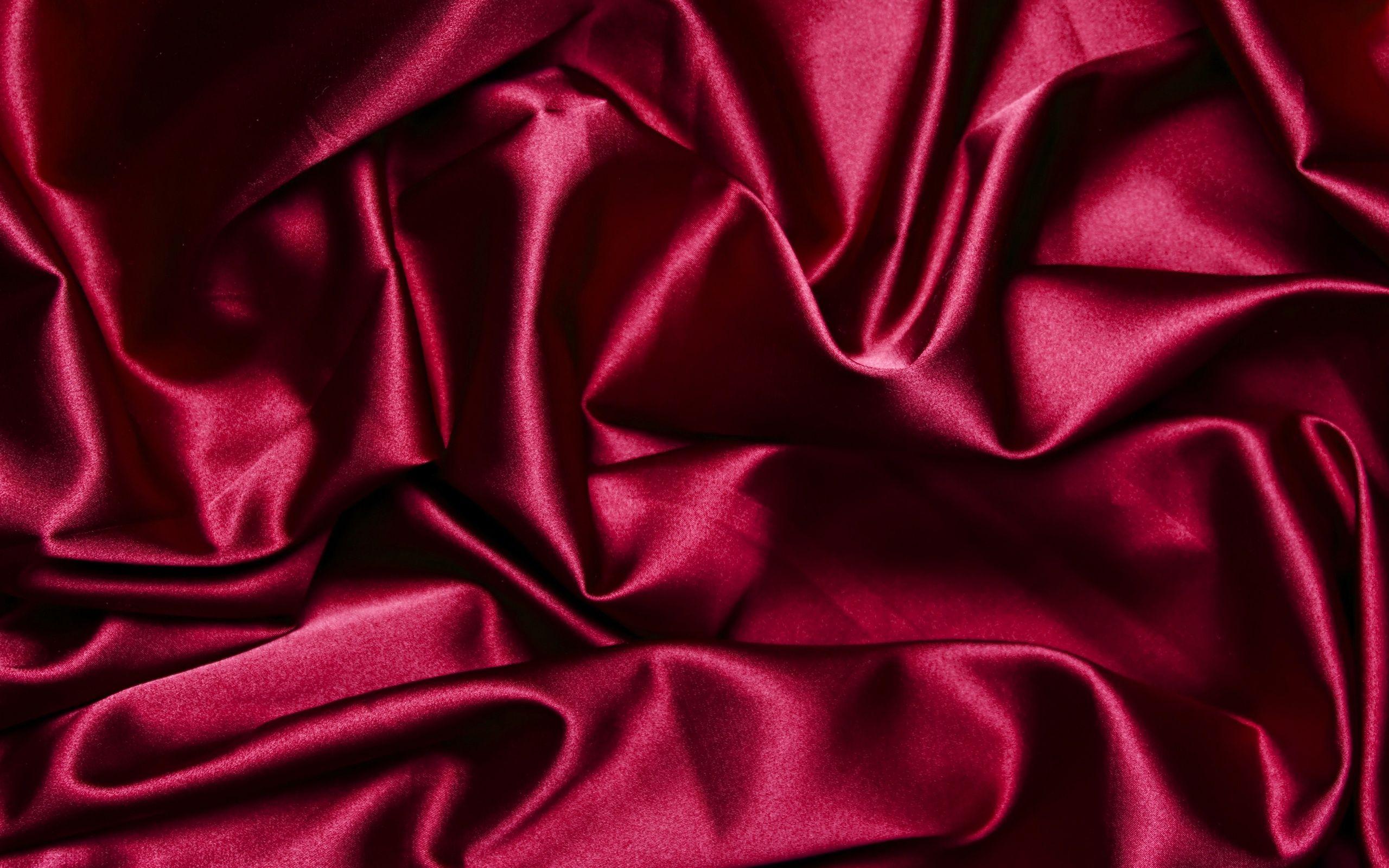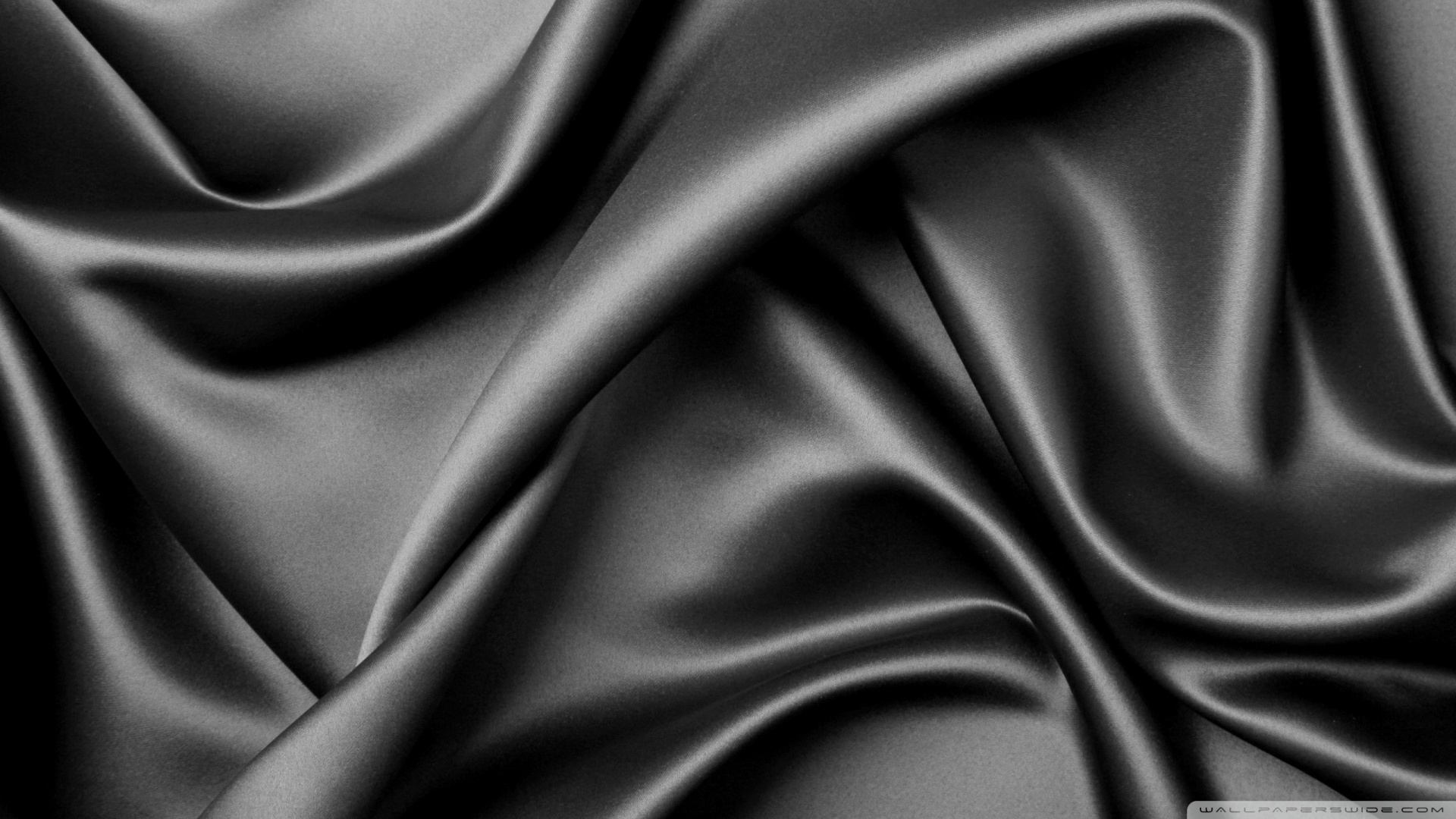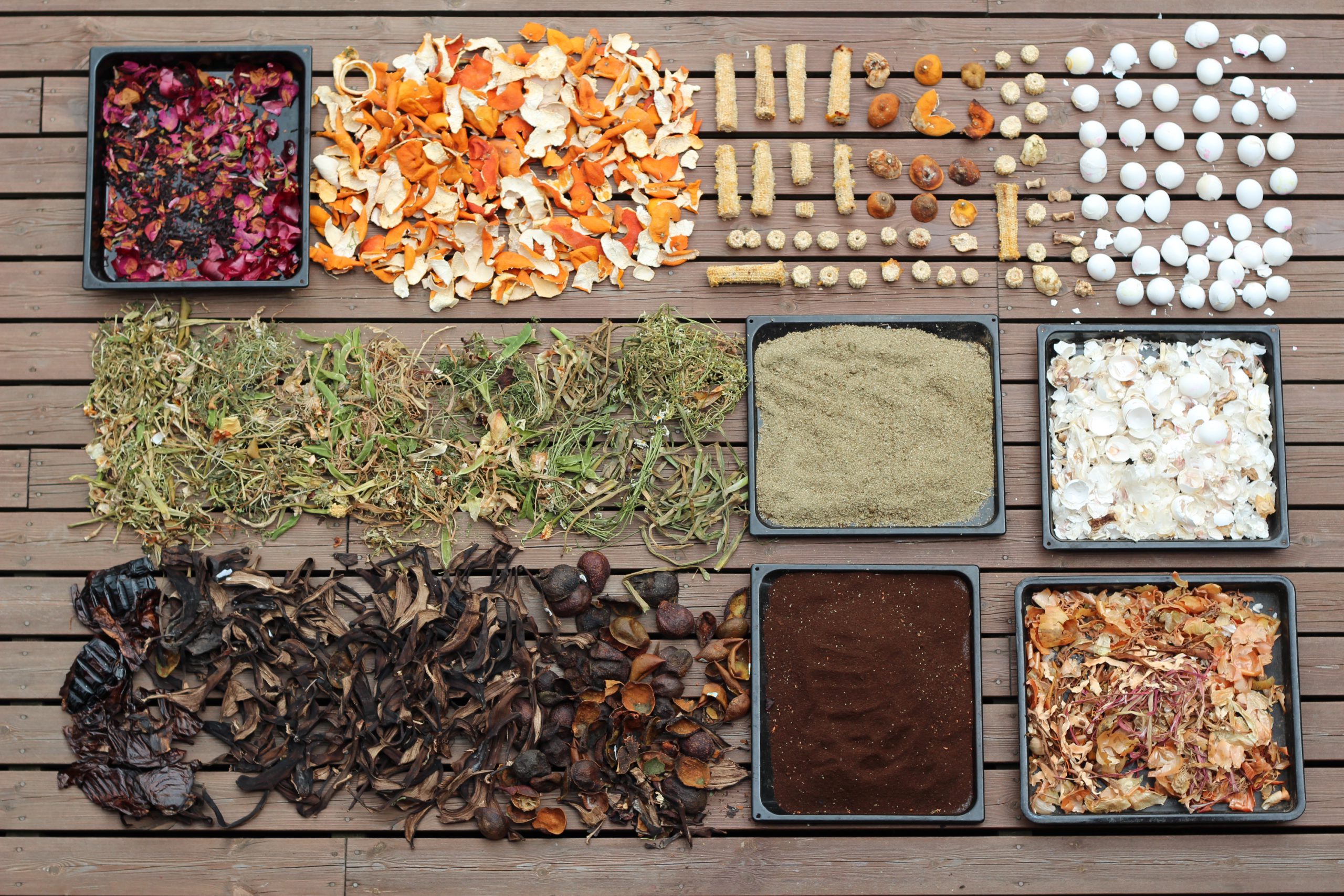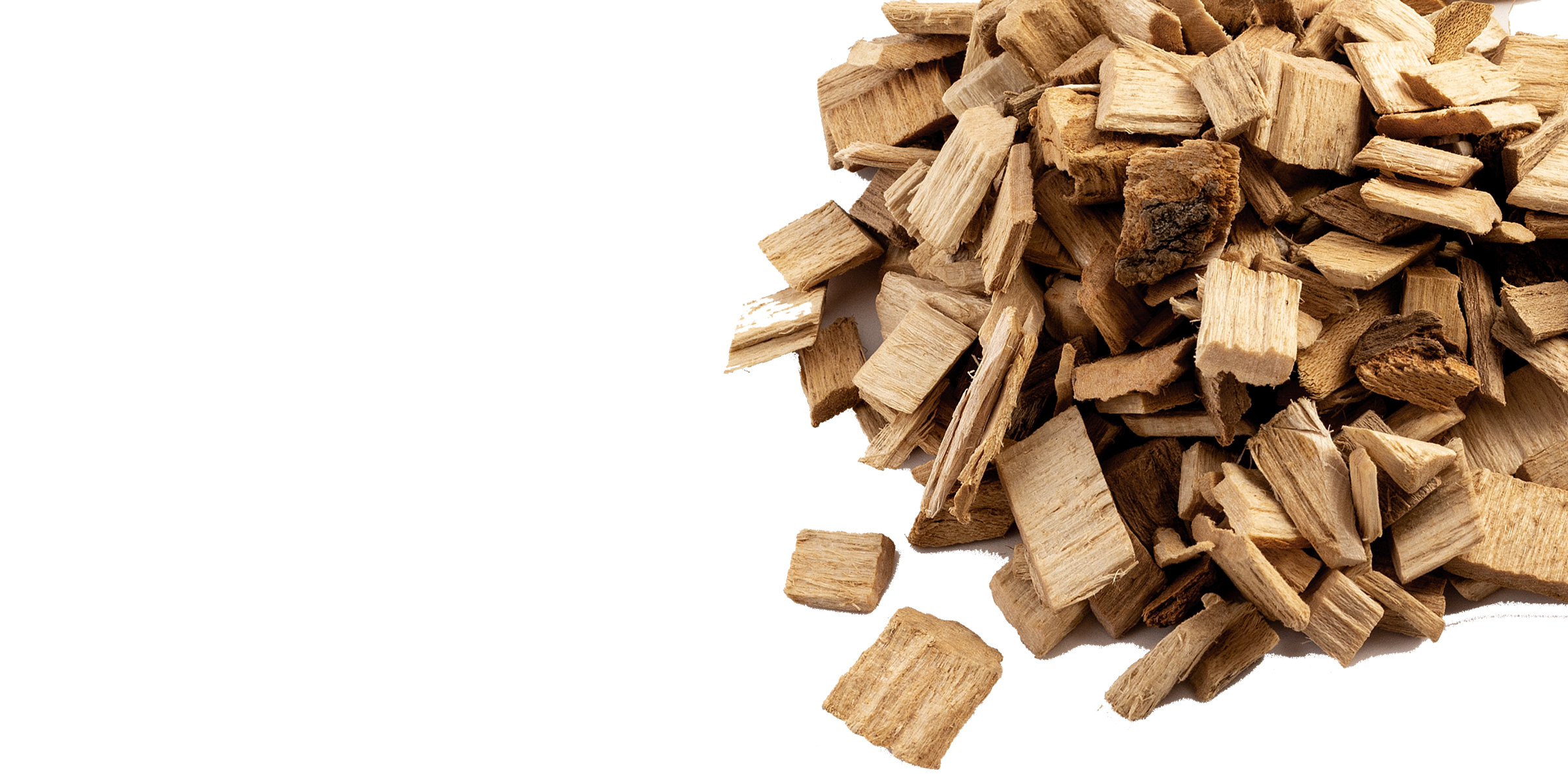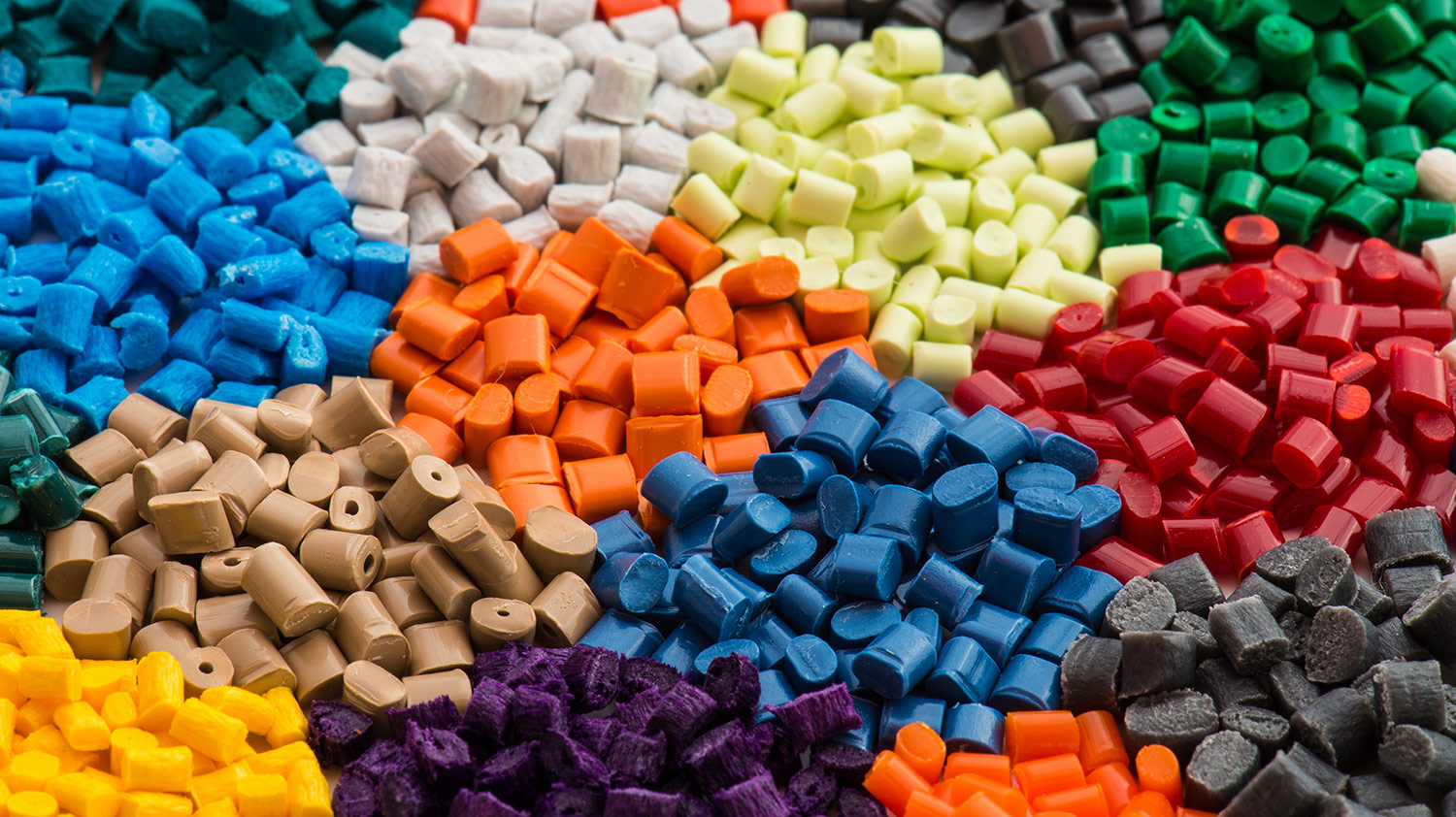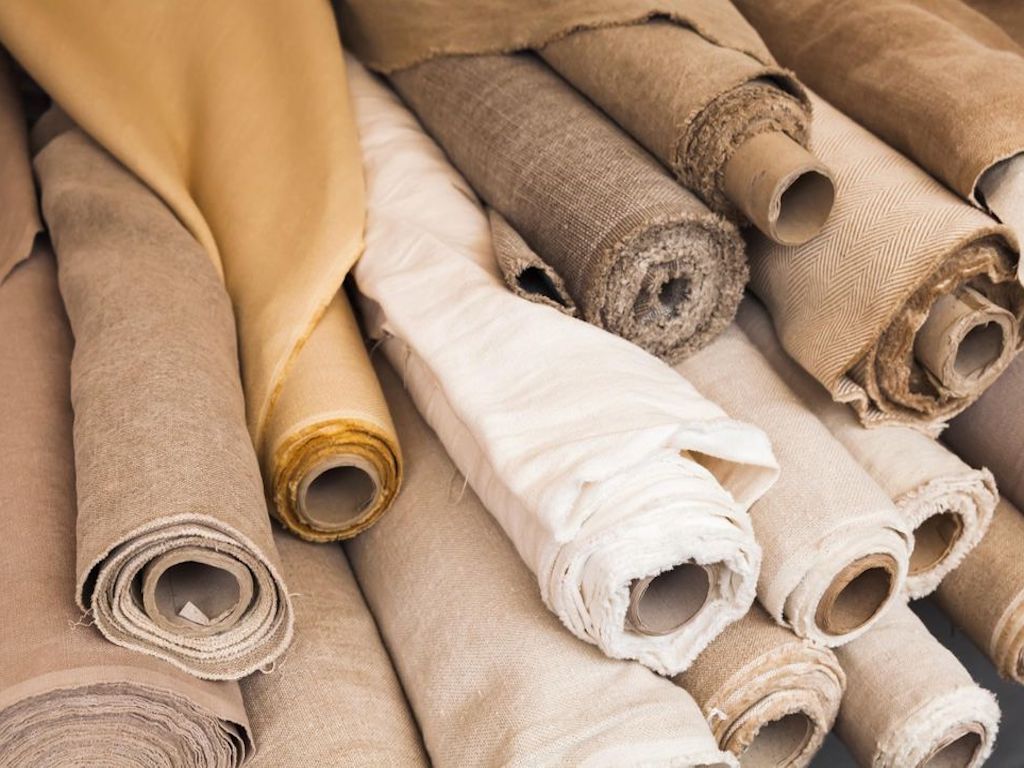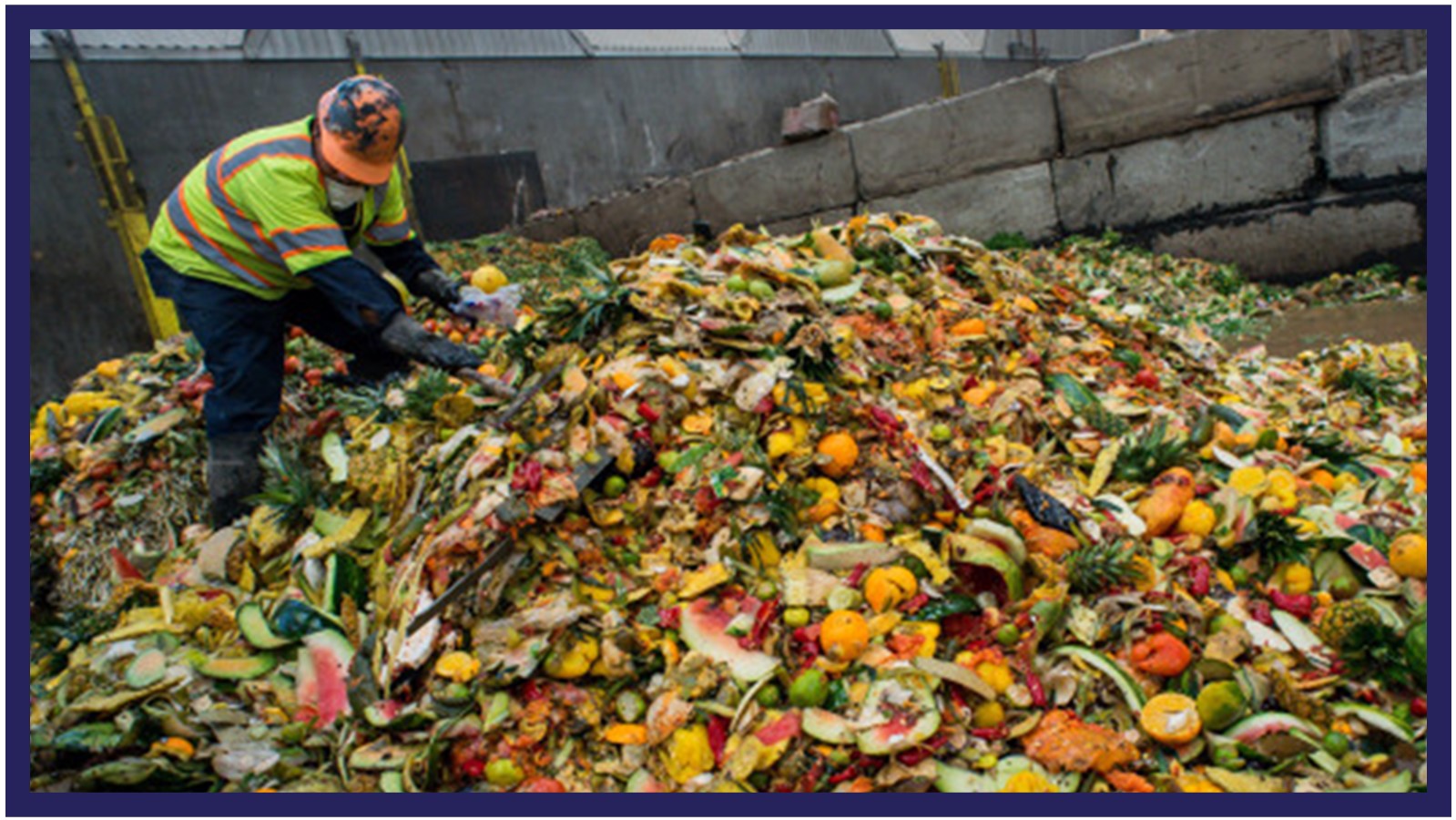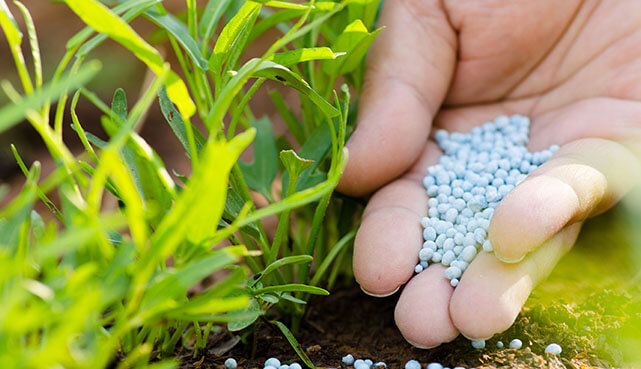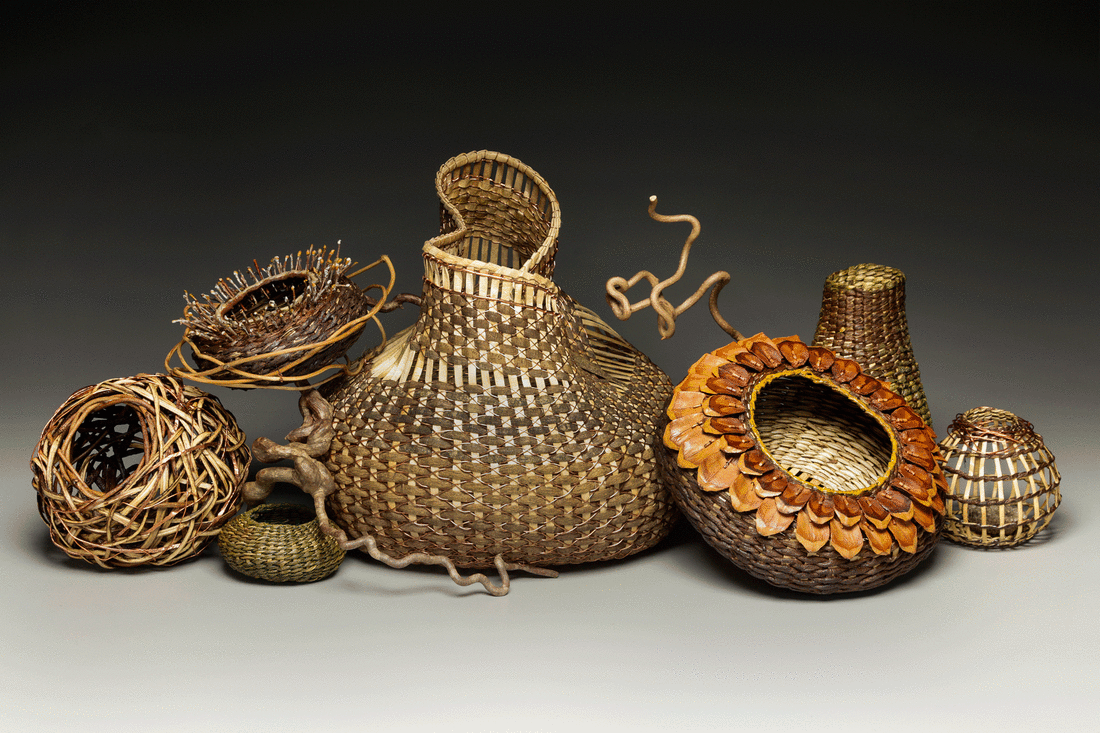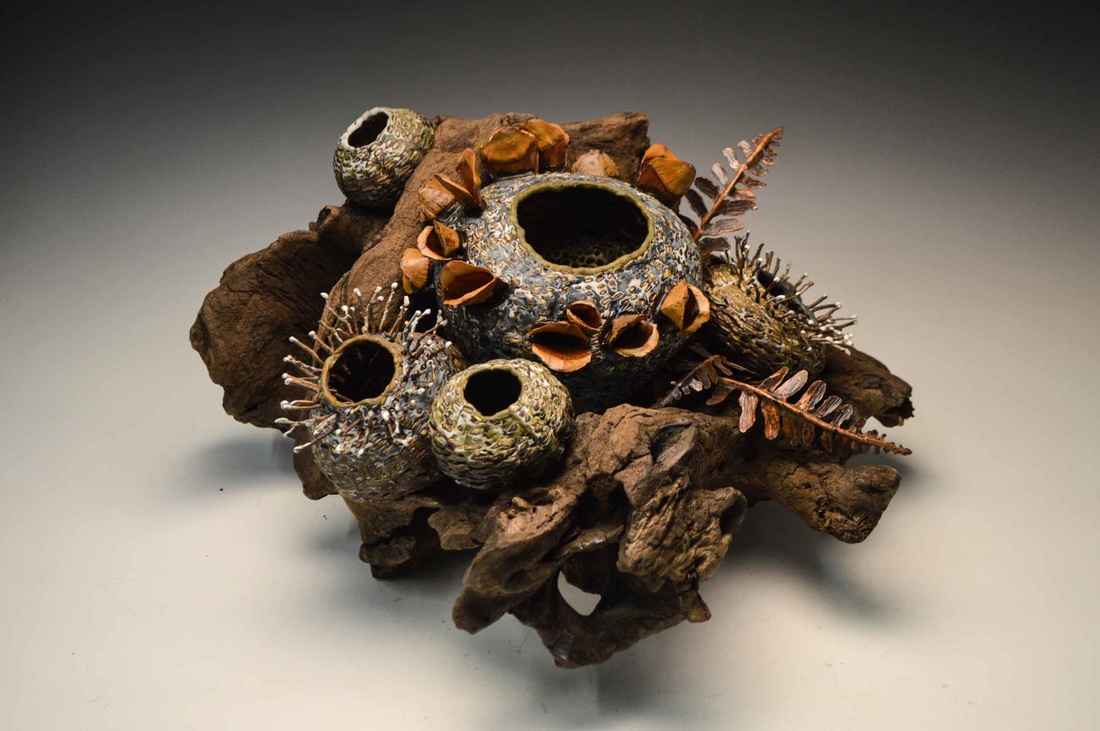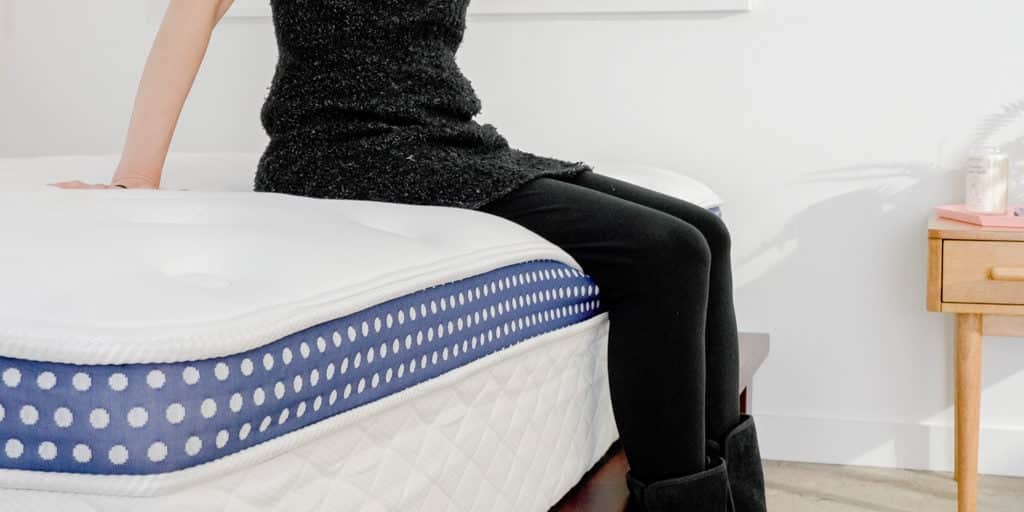Memory foam has become a popular material for mattresses due to its ability to contour to the shape of the body, providing personalized support and pressure relief. This type of foam was originally developed by NASA to improve seat cushioning and has since been adapted for use in mattresses. Memory foam mattresses are known for their ability to reduce motion transfer, making them a great choice for couples who may be disturbed by their partner's movements during the night. They also have a longer lifespan compared to traditional innerspring mattresses, making them a worthwhile investment. If you struggle with back or joint pain, a memory foam mattress may be the perfect solution for you. The foam's ability to conform to your body's shape can help alleviate pressure points and provide proper spinal alignment for a more comfortable night's sleep.1. Memory Foam
Latex is a natural material derived from the sap of the rubber tree. It is known for its durability, resilience, and eco-friendliness, making it a popular choice for mattresses. Latex mattresses are typically made with multiple layers of latex foam, providing both support and comfort. One of the main benefits of a latex mattress is its hypoallergenic properties. The material is resistant to dust mites, mold, and mildew, making it a great option for those with allergies or asthma. It is also known for its breathability, keeping you cool and comfortable throughout the night. While latex mattresses may come with a higher price tag, their durability and long lifespan make them a cost-effective choice in the long run. They are also a great choice for those who prefer a more natural and sustainable option for their bedding.2. Latex
Innerspring mattresses have been around for decades and are still a popular choice for many due to their affordability and support. These mattresses are made with a core of steel coils that provide a firm and bouncy surface for sleeping. One of the main advantages of an innerspring mattress is its ability to provide support for all sleeping positions. The coils are designed to distribute weight evenly, making them a good choice for back, side, and stomach sleepers. They also tend to have better edge support compared to other types of mattresses. However, innerspring mattresses may not be the best choice for those who require more pressure relief or motion isolation. The coils can create some motion transfer, which may disrupt a light sleeper's rest. They also tend to have a shorter lifespan compared to other types of mattresses.3. Innerspring
As the name suggests, a hybrid mattress combines two or more types of materials to provide a balance of support and comfort. Most commonly, these mattresses are made with a combination of memory foam and innerspring coils, but they can also include latex or other materials. A hybrid mattress offers the best of both worlds, providing the contouring and pressure relief of memory foam with the support and bounciness of innerspring coils. This makes them a great choice for couples with different sleep preferences or for those who have trouble finding a comfortable mattress. However, hybrid mattresses may be more expensive than other options, and their lifespan can vary depending on the materials used. It's important to research and compare different brands to find the right hybrid mattress for your needs.4. Hybrid
Polyurethane foam, also known as polyfoam, is a popular material used in mattresses due to its affordability and versatility. This type of foam can come in different densities, providing varying levels of support and comfort. Polyfoam mattresses are known for their lightweight and easy maneuverability, making them a popular choice for those who move frequently or have difficulty with heavy lifting. They also tend to have good motion isolation, making them a great choice for light sleepers. However, polyfoam mattresses may have a shorter lifespan compared to other materials, and they may not offer the same level of support as memory foam or latex. It's important to choose a higher density foam for better durability and support.5. Polyurethane Foam
Cotton is a natural and breathable material that has been used in mattresses for centuries. It is known for its softness, hypoallergenic properties, and ability to wick away moisture, making it a great option for those who tend to sleep hot. Cotton mattresses are also a popular choice for those who prefer a firmer sleeping surface. The material provides a supportive and comfortable base, and it can be combined with other materials, such as latex or wool, for added comfort and durability. However, cotton mattresses may not offer the same level of contouring and pressure relief as memory foam or latex. They may also require more maintenance, as they may need to be flipped or rotated regularly to maintain their shape and support.6. Cotton
Wool is another natural material that has been used in mattresses for centuries. It is known for its exceptional breathability, moisture-wicking properties, and ability to regulate body temperature. This makes it a great option for all seasons and for those who tend to sleep hot. Wool mattresses are also known for their durability and resilience. The material can be compressed and bounced back without losing its shape, making it a great choice for those who prefer a firmer sleeping surface. It is also hypoallergenic and resistant to dust mites, making it a good option for those with allergies or asthma. However, wool mattresses may come with a higher price tag and may require more maintenance, such as regular flipping or rotating, to maintain their shape and support.7. Wool
Bamboo is a sustainable and eco-friendly material that has gained popularity in recent years. It is known for its softness, breathability, and hypoallergenic properties, making it a great option for those with sensitive skin or allergies. Bamboo mattresses are also known for their moisture-wicking abilities, keeping you cool and comfortable throughout the night. The material is also naturally antimicrobial, making it a great choice for those who prefer a cleaner and more hygienic sleeping environment. However, bamboo mattresses may not provide the same level of support and pressure relief as memory foam or latex. They may also have a shorter lifespan compared to other materials, so it's important to research and compare different brands before making a purchase.8. Bamboo
Silk is a luxurious and soft material that has been used in bedding for centuries. It is known for its hypoallergenic properties, ability to regulate body temperature, and smooth and comfortable feel. Silk mattresses are also known for their durability and can last for many years with proper care. One of the main benefits of a silk mattress is its ability to regulate body temperature. The material is naturally breathable and can help keep you cool in the summer and warm in the winter. It is also resistant to dust mites and mold, making it a great option for those with allergies. However, silk mattresses can come with a high price tag, and they may not provide the same level of support and pressure relief as memory foam or latex. It's important to consider your budget and sleep needs before investing in a silk mattress.9. Silk
Organic materials, such as organic cotton, wool, or latex, are becoming increasingly popular in the mattress industry. These materials are free from harmful chemicals and pesticides, making them a healthier and more eco-friendly option for your bedding. Organic mattresses are known for their breathability, moisture-wicking abilities, and hypoallergenic properties. They are also durable and can last for many years with proper care. However, organic mattresses may come with a higher price tag compared to non-organic options. It's important to do your research and ensure that the mattress is certified by a trusted organization to ensure its organic status.10. Organic Materials
The Importance of Choosing the Best Materials for Your Mattress

Investing in Your Sleep
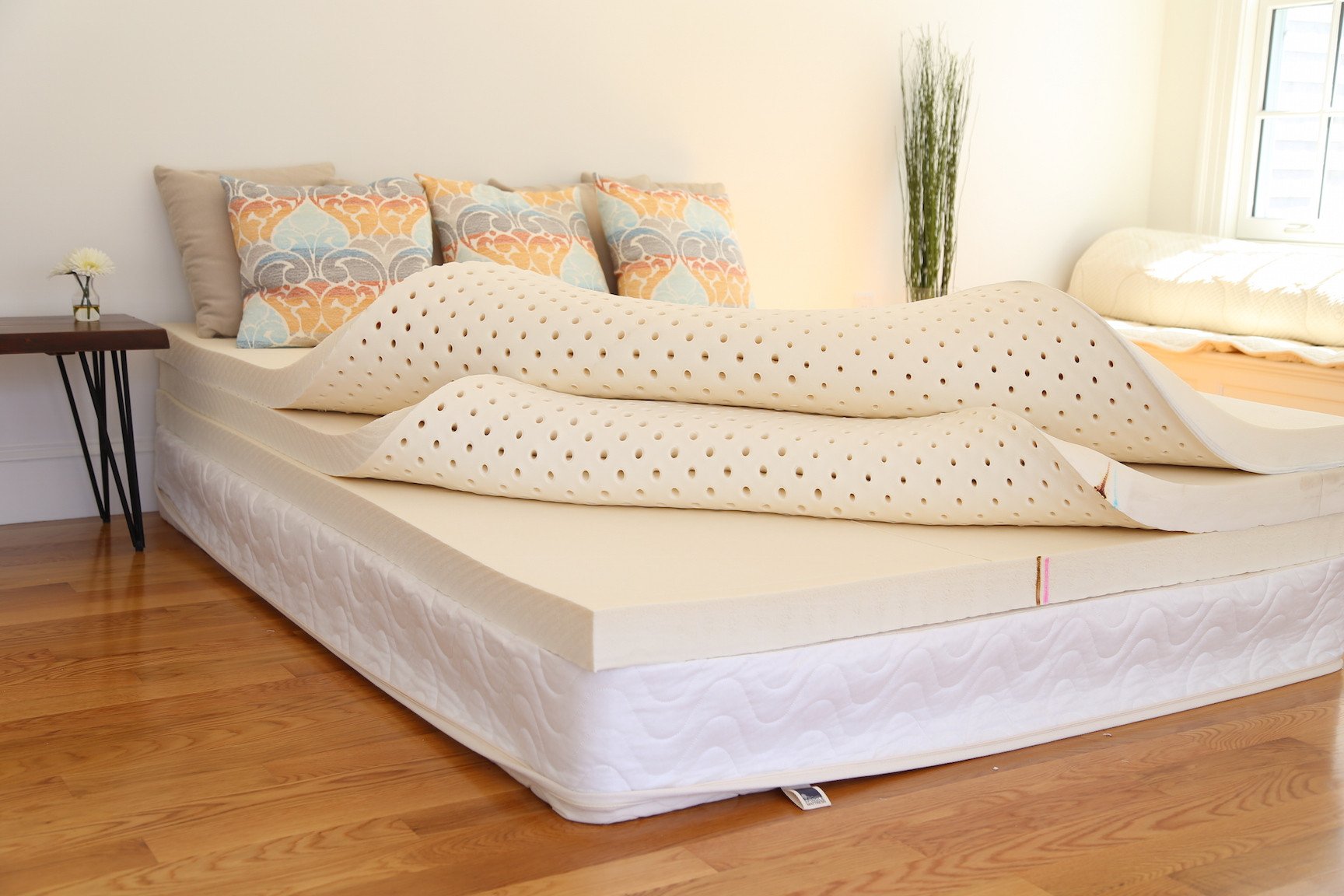 Getting a good night's sleep is crucial for our health and well-being. As we spend a significant amount of time in our beds, it is important to choose the right materials for our mattresses. The right materials not only provide comfort and support but also contribute to the overall design and aesthetics of our bedroom.
Choosing the right materials for your mattress is an investment in your sleep quality and overall health.
With the right materials, you can improve your sleep and wake up feeling refreshed and rejuvenated every morning. Let's take a look at some of the best materials for mattresses.
Getting a good night's sleep is crucial for our health and well-being. As we spend a significant amount of time in our beds, it is important to choose the right materials for our mattresses. The right materials not only provide comfort and support but also contribute to the overall design and aesthetics of our bedroom.
Choosing the right materials for your mattress is an investment in your sleep quality and overall health.
With the right materials, you can improve your sleep and wake up feeling refreshed and rejuvenated every morning. Let's take a look at some of the best materials for mattresses.
Natural Materials for Comfort
 Natural materials such as cotton, wool, and latex are popular choices for mattresses. These materials offer excellent comfort and breathability, making them ideal for hot sleepers. Cotton is a soft and durable material that is also hypoallergenic, making it a great choice for those with allergies. Wool is a natural insulator, keeping you warm in the winter and cool in the summer. Latex is a responsive and supportive material that contours to your body, providing pressure relief and reducing back pain.
Investing in a mattress made with natural materials not only benefits your sleep but also the environment.
These materials are sustainable and biodegradable, making them an eco-friendly choice for your bedroom.
Natural materials such as cotton, wool, and latex are popular choices for mattresses. These materials offer excellent comfort and breathability, making them ideal for hot sleepers. Cotton is a soft and durable material that is also hypoallergenic, making it a great choice for those with allergies. Wool is a natural insulator, keeping you warm in the winter and cool in the summer. Latex is a responsive and supportive material that contours to your body, providing pressure relief and reducing back pain.
Investing in a mattress made with natural materials not only benefits your sleep but also the environment.
These materials are sustainable and biodegradable, making them an eco-friendly choice for your bedroom.
Memory Foam for Support
Hybrid Mattresses for the Best of Both Worlds
 For those who want the benefits of both natural materials and memory foam, hybrid mattresses are an excellent choice. These mattresses combine the support and pressure relief of memory foam with the breathability and comfort of natural materials. Hybrid mattresses typically have a layer of memory foam on top and a layer of coils or springs for support.
Investing in a hybrid mattress is a great way to get the best of both worlds and enjoy a comfortable and supportive sleep.
Look for hybrid mattresses with a high coil count for better support and durability.
For those who want the benefits of both natural materials and memory foam, hybrid mattresses are an excellent choice. These mattresses combine the support and pressure relief of memory foam with the breathability and comfort of natural materials. Hybrid mattresses typically have a layer of memory foam on top and a layer of coils or springs for support.
Investing in a hybrid mattress is a great way to get the best of both worlds and enjoy a comfortable and supportive sleep.
Look for hybrid mattresses with a high coil count for better support and durability.
Conclusion
 In conclusion,
choosing the best materials for your mattress is essential for a good night's sleep and a healthy lifestyle.
Consider your sleeping patterns, any health issues, and personal preferences when selecting a mattress. Remember to invest in high-quality materials for long-lasting comfort and support. With the right materials, you can transform your bedroom into a peaceful and comfortable sanctuary for a good night's sleep.
In conclusion,
choosing the best materials for your mattress is essential for a good night's sleep and a healthy lifestyle.
Consider your sleeping patterns, any health issues, and personal preferences when selecting a mattress. Remember to invest in high-quality materials for long-lasting comfort and support. With the right materials, you can transform your bedroom into a peaceful and comfortable sanctuary for a good night's sleep.


